Preparing a nursery for twins involves thoughtful coordination of space, furnishings, and décor to ensure a functional yet charming environment. Starting the process early allows parents to anticipate needs—from sourcing two cribs to maximizing storage—so the room is ready even if the babies arrive ahead of schedule. Blending design themes like modern boho or neutral safari helps maintain a cohesive look while accommodating individual touches for each child. With careful planning, versatile furniture, and creative decorative elements, you can craft a twin nursery that grows with your little ones and supports your family’s lifestyle.
1. Plan Your Nursery Early
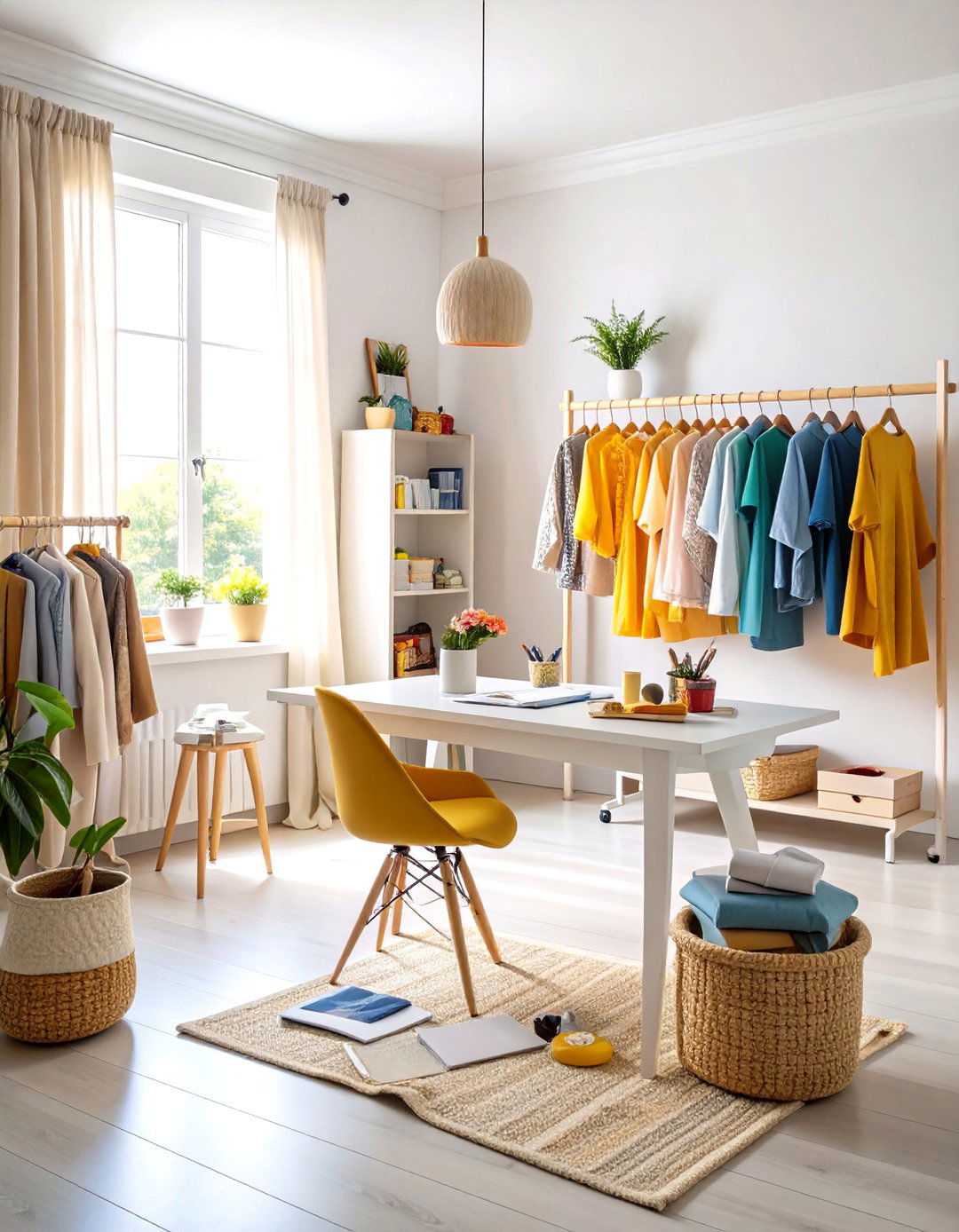
Initiating your nursery plans as soon as you know you’re expecting twins gives you ample time to research and select the right pieces, reducing last-minute stress and ensuring everything arrives before your babies do. Twins often come earlier than singletons, so having cribs, décor, and essentials set up by mid-pregnancy can prevent a frantic scramble during the third trimester. Early planning also opens opportunities to shop sales and custom orders at your own pace. Taking this step lays the groundwork for a smooth transition home and helps you enjoy the nesting phase fully.
2. Choose a Harmonious Color Palette
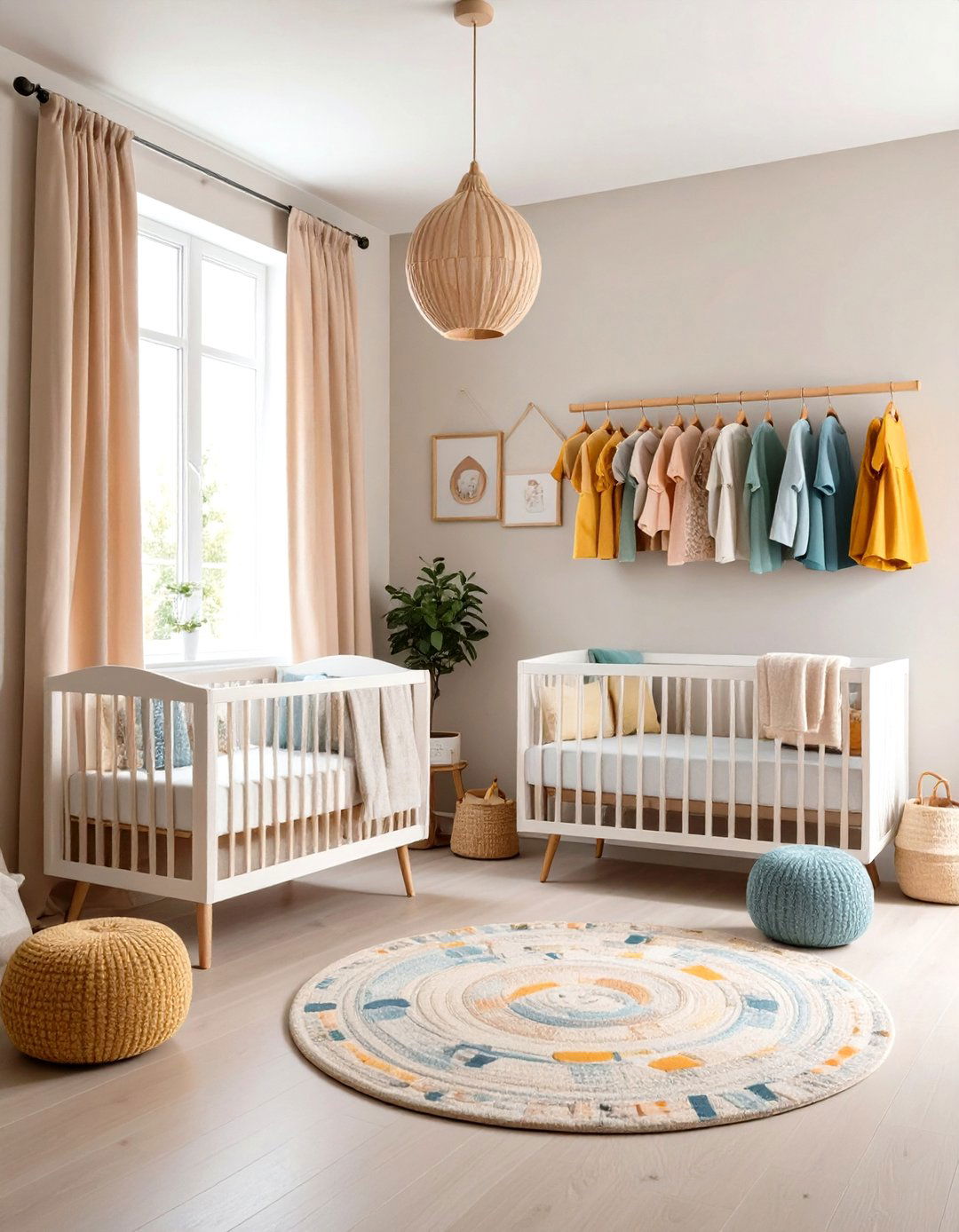
Selecting a unified color scheme helps smaller spaces feel cohesive and larger, which is vital when accommodating two cribs side by side. Soft neutrals or muted pastels create a soothing atmosphere for infants and serve as a versatile backdrop for evolving décor elements. Introducing accent hues—such as gentle greens or dusty pinks—through textiles and artwork adds personality without overwhelming the room. A consistent palette allows you to mix and match patterns and accessories for each twin, ensuring both spaces feel balanced yet individualized.
3. Invest in Matching Cribs
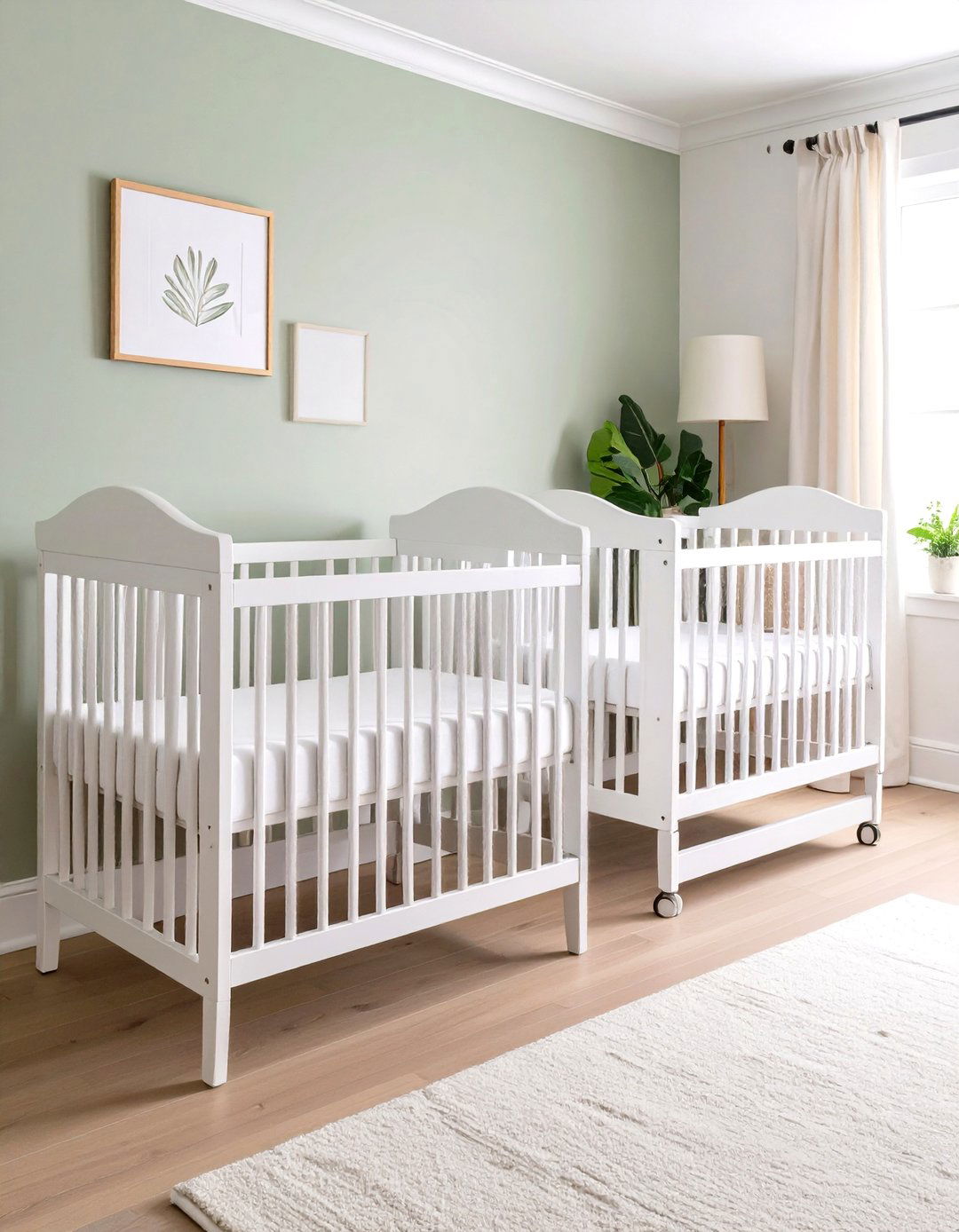
Two identical cribs provide symmetry and simplify styling, reinforcing the twin theme while maintaining visual harmony. Matching cribs ensure both babies have the same safety features and dimensions, which is crucial for sleep safety standards. Choose convertible models that transition into toddler beds, extending their usefulness as your children grow. Positioning these cribs with a comfortable aisle between them not only meets safety guidelines but also facilitates easy nighttime care. Selecting quality, stable cribs upfront reduces long-term replacement costs and supports synchronized sleep routines.
4. Consider Mini Cribs or Bassinets for Small Spaces
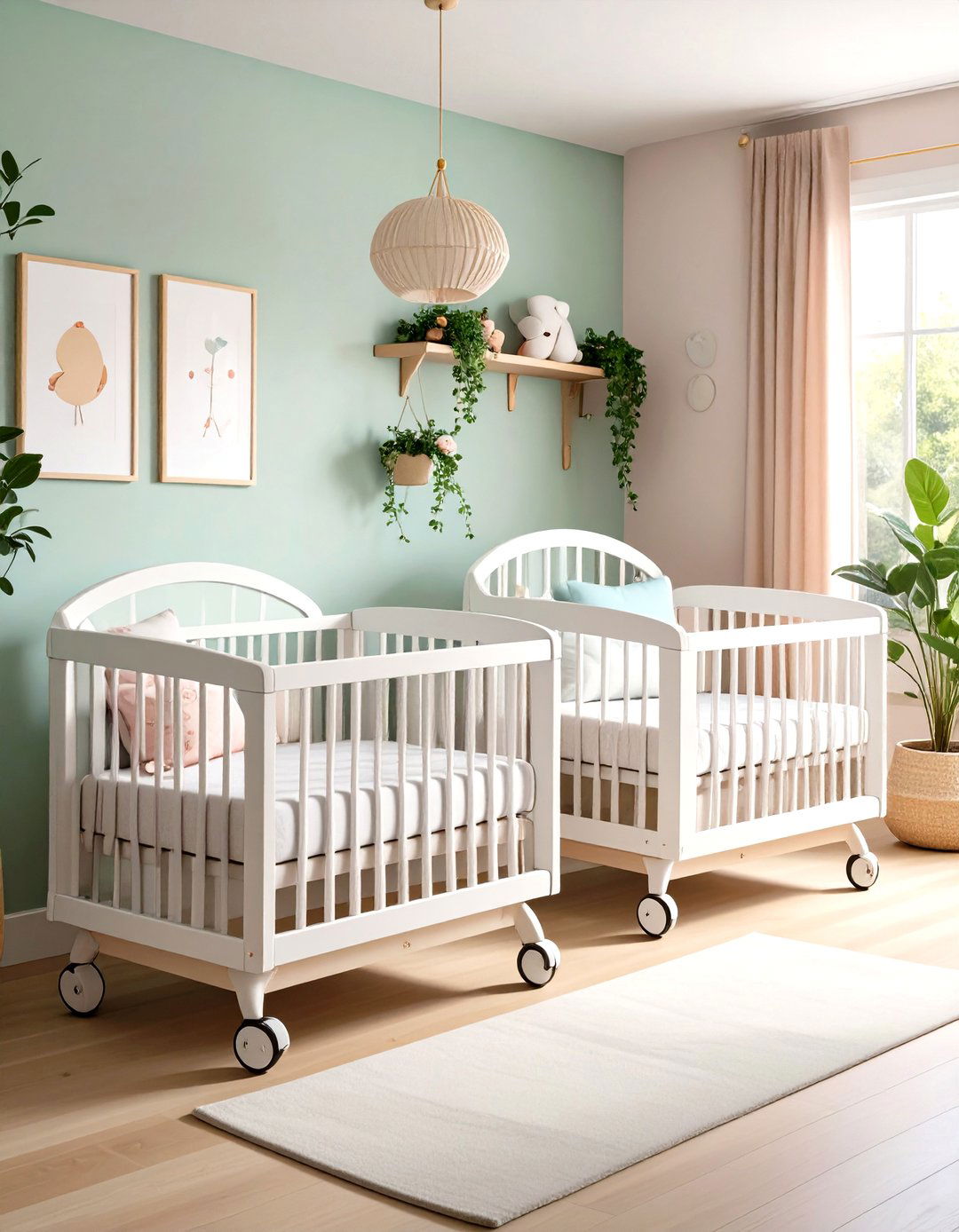
In compact rooms, substituting one or both full-size cribs with mini cribs or bassinets can free up floor space for storage and a nursing station. These smaller sleep solutions are often portable, allowing you to move babies closer for nighttime feedings. Though babies outgrow these sooner, the trade-off in extra space can be valuable, especially when the nursery doubles as a play area later on. Many mini cribs convert into toddler beds, ensuring longer utility despite their smaller footprint. Be sure any model you choose meets current safety standards and height requirements.
5. Optimize Crib Placement for Flow
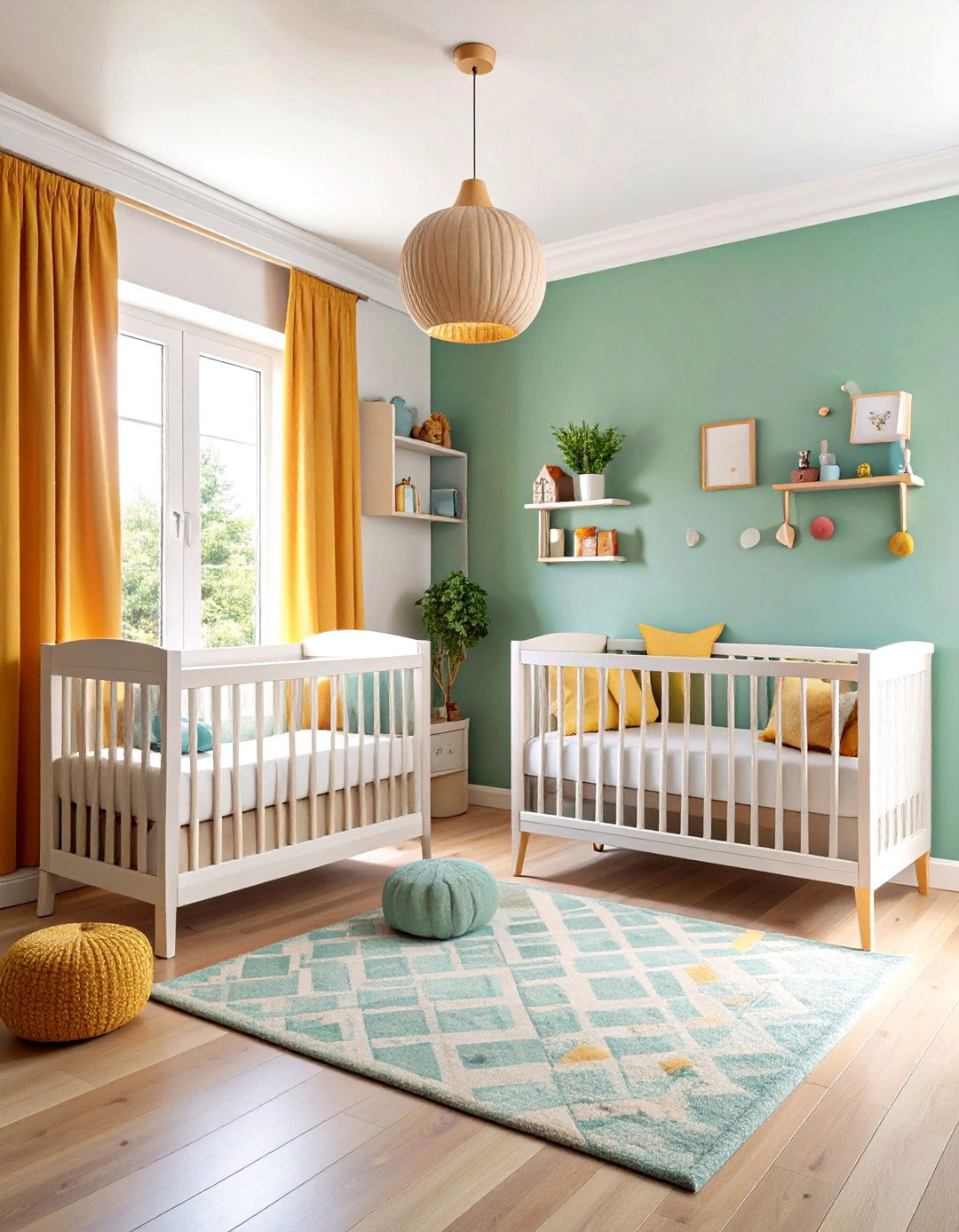
Arranging two cribs strategically against opposite walls or in an L-shape maximizes walkway space and separates sleep zones. Placing cribs under windows can take advantage of natural light but ensure shades block glare during naps. L-shaped layouts work well in corner rooms, leaving a central area open for play or changing. Always maintain at least 24 inches of clearance around each crib for easy access and cleaning. By prioritizing flow and accessibility in your arrangement, you’ll create a nursery that’s both safe and efficient for daily routines.
6. Use Mirrors to Expand the Space
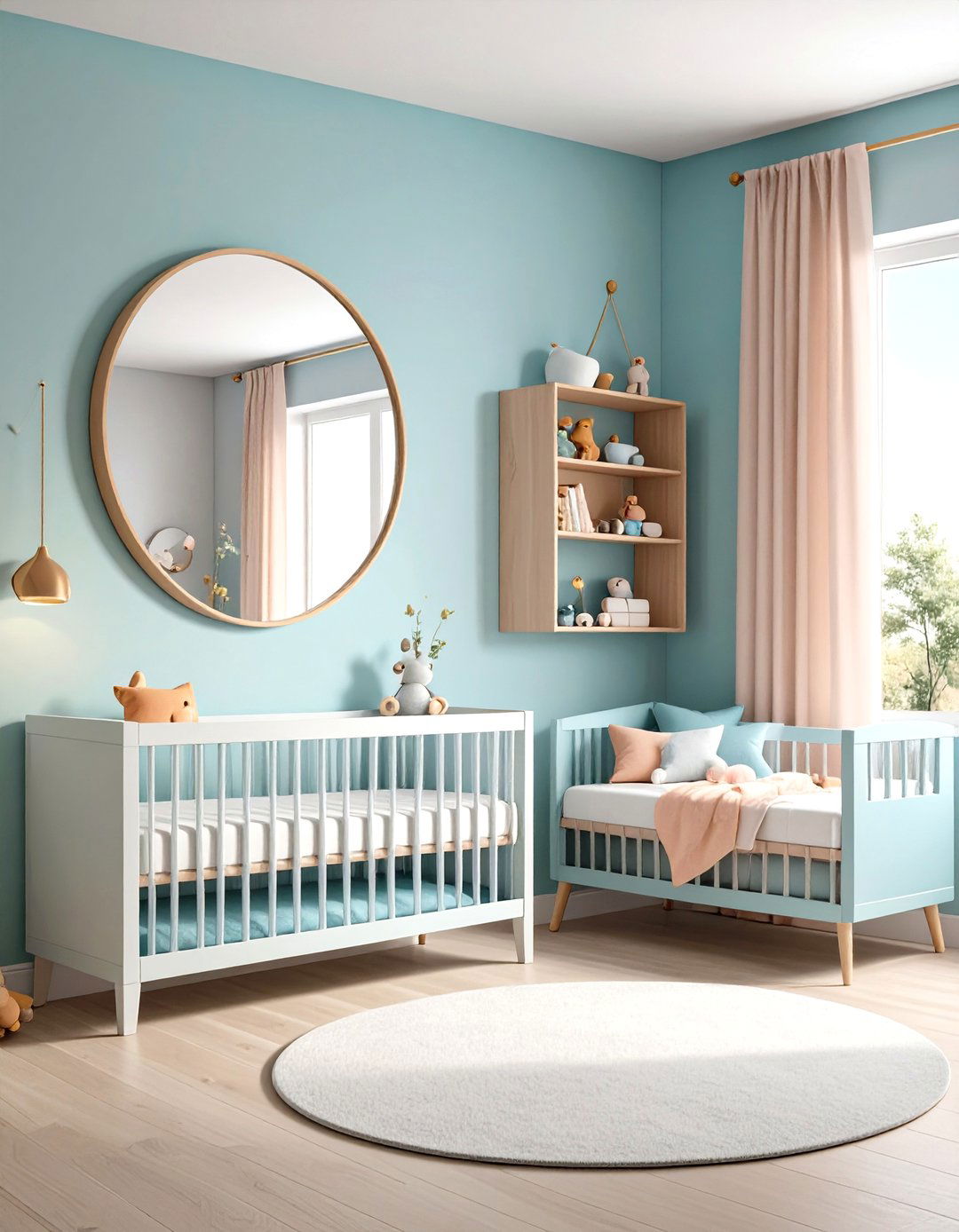
Installing a mirror on one wall reflects light and creates the illusion of a larger room, which is especially helpful in nurseries housing two cribs. A large statement mirror above a changing table or dresser draws the eye upward, making ceilings feel higher. For safety, choose unbreakable, shatter-resistant designs and secure them firmly to the wall. Round or arch-shaped frames soften the room’s geometry, adding elegance to a twin setup. Pair mirrors with soft lighting to enhance brightness without sacrificing coziness.
7. Maximize Vertical Storage
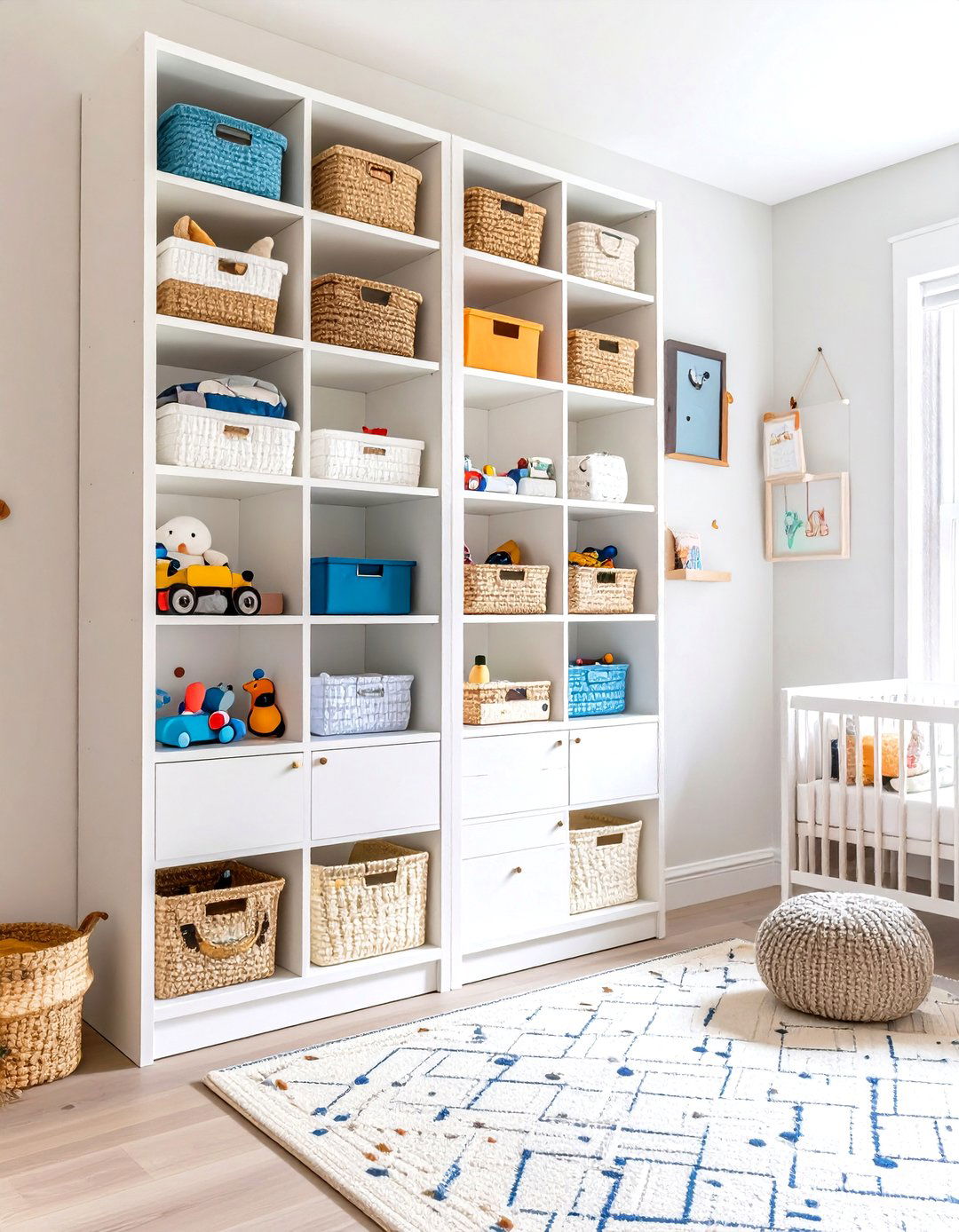
When floor space is at a premium, think vertically: tall dressers, bookcases, and wall-mounted shelves can hold diapers, clothes, and toys without crowding the nursery. Open shelving keeps everyday items within reach, while baskets and bins on higher shelves store seasonal clothes or keepsakes. Floating nightstands beside each crib provide spots for bottles and monitors without taking up floor room. Labelled storage solutions help maintain organization for two sets of belongings. Vertical storage not only conserves space but also creates visual interest through layered décor.
8. Personalize with Decals and Wall Art
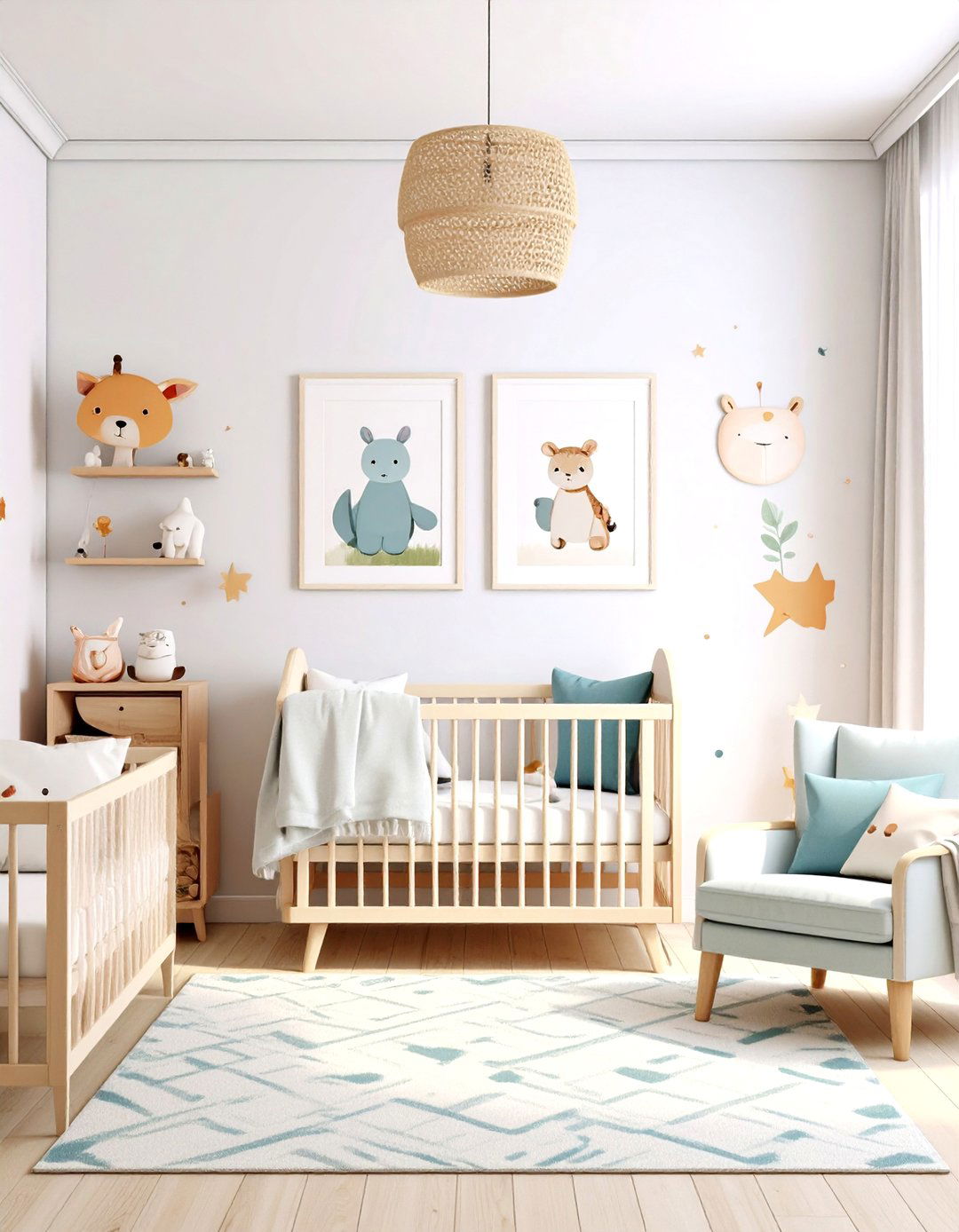
Wall decals and removable wallpaper offer an easy way to introduce themes—such as animals, clouds, or geometric patterns—without long-term commitment. Decals let each twin claim a side of the room with their name or motif, fostering individuality in a shared space. Removable wallpaper provides depth and color for an accent wall, framing cribs without painting. When your twins outgrow the nursery, these elements peel away cleanly, allowing for seamless redesigns. Incorporating family photos or framed prints adds warmth and personal connection to the decor.
9. Embrace a Gender-Neutral Theme
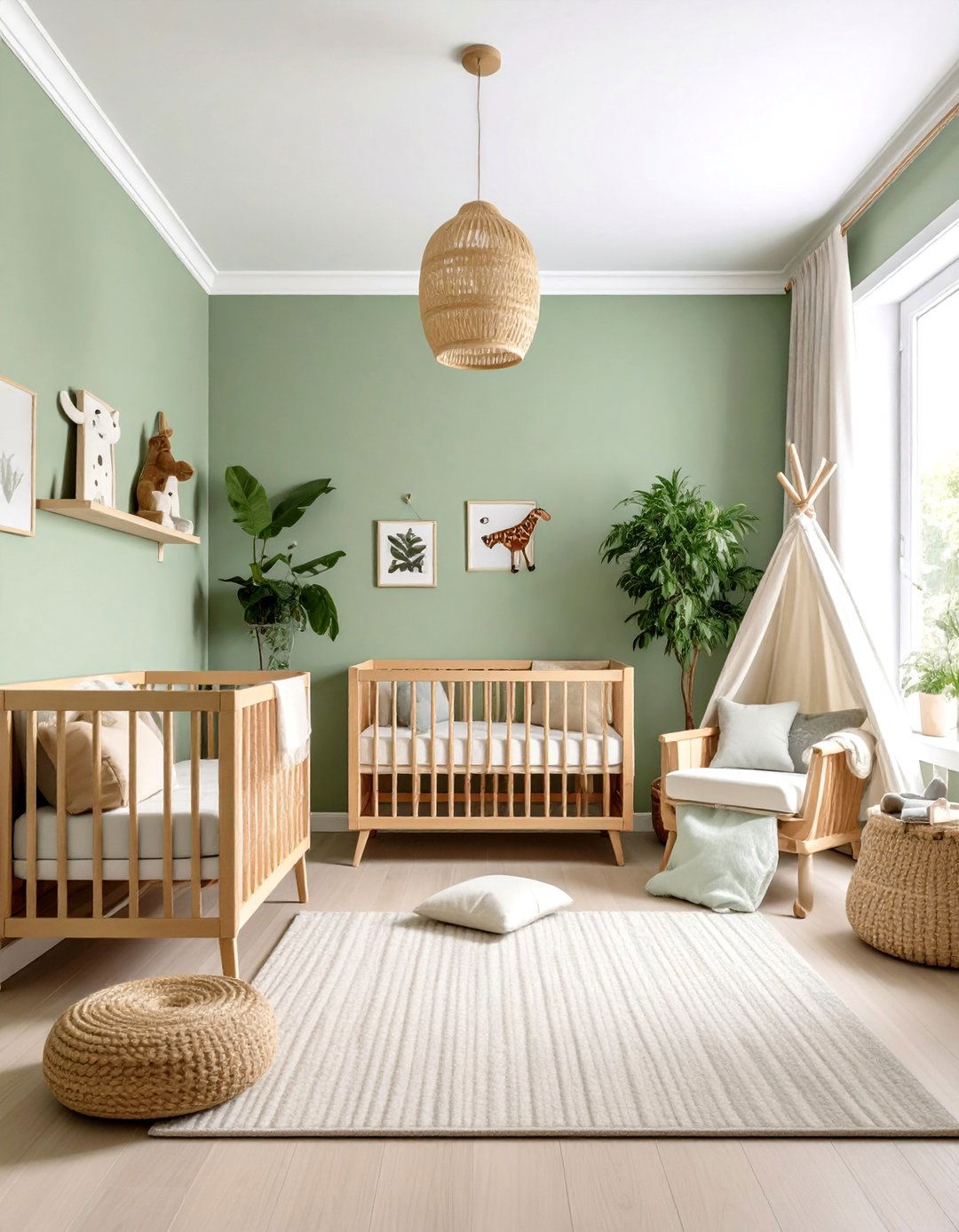
Opting for a neutral theme—such as safari, woodland, or celestial—eliminates color-coding stress and keeps the nursery adaptable for future children. Gender-neutral schemes use earthy tones, natural materials, and unisex patterns to create a tranquil environment. Safari-inspired décor features muted greens and animal motifs, while woodland themes rely on bark-brown accents and leafy prints. Celestial nurseries play with stars and moons in soft grays and whites. These themes lend themselves to growth, as simple swaps of textiles or accessories can refresh the space over time.
10. Zone the Nursery for Function
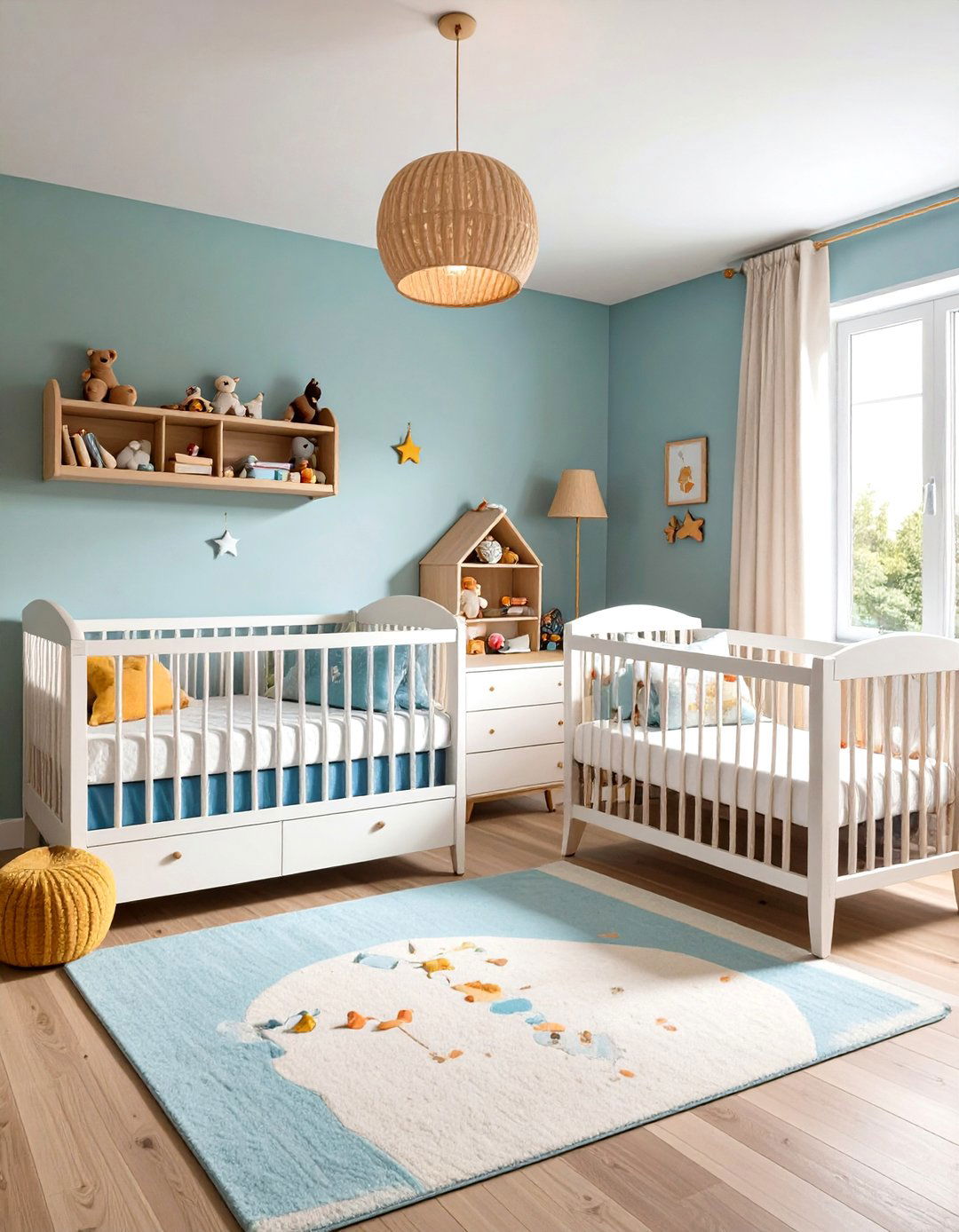
Dividing the nursery into clear zones—sleeping, changing, feeding, and play—enhances efficiency and safety. Position cribs in the quietest corner, away from windows and doors, to minimize disturbances. Locate the changing station near storage for quick access to diapers and wipes. Create a comfortable feeding nook with a rocking chair and side table for bottles and burp cloths. Designate a play corner with a soft rug and bins for toys, so you can transition easily from naps to activities. Thoughtful zoning streamlines daily tasks for twin parents.
11. Add Soft, Layered Textiles
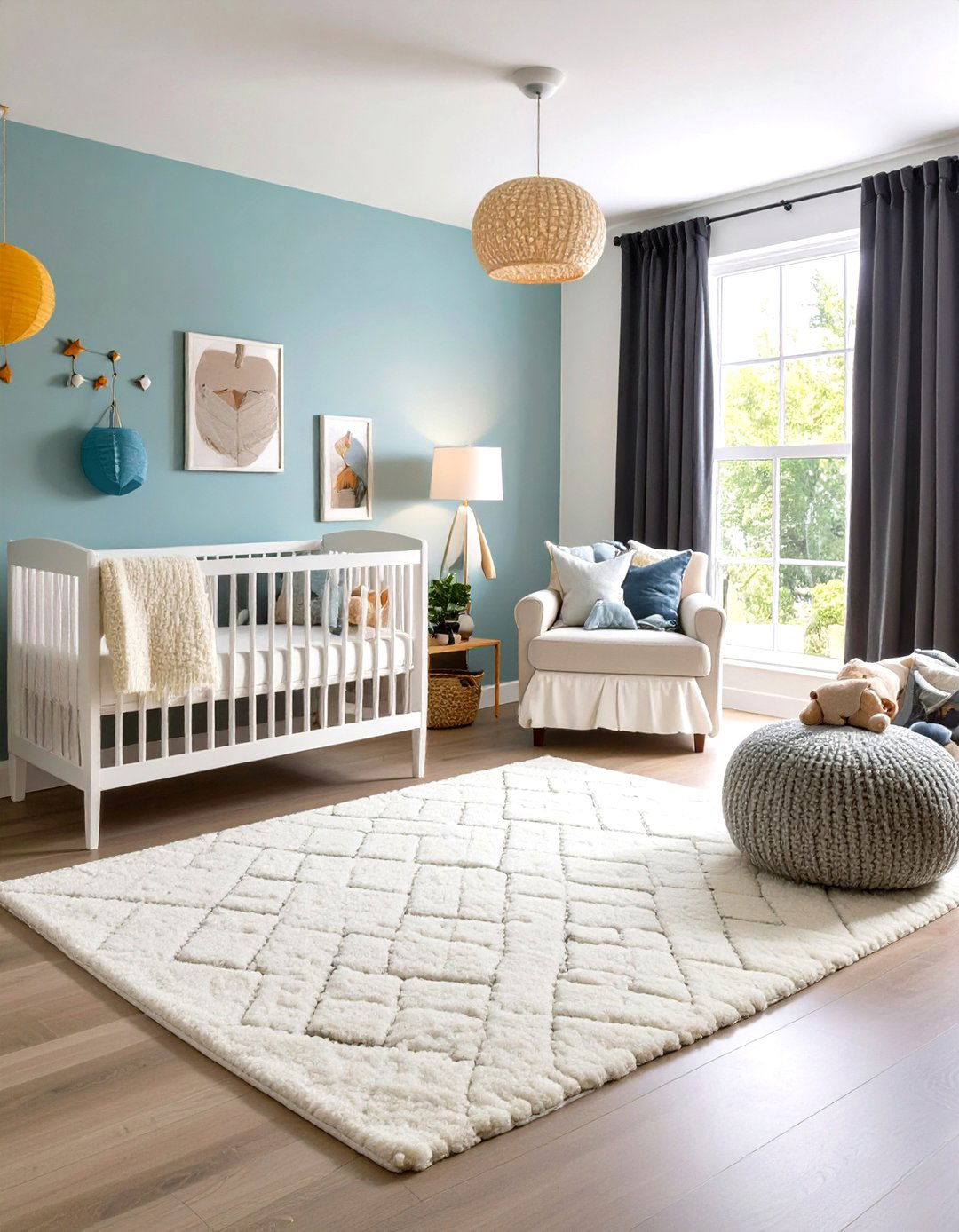
Incorporating plush rugs, blackout curtains, and cushioned rocking chairs enhances comfort and acoustics in a twin nursery. A soft area rug under cribs and in the play zone cushions little feet and absorbs sound. Blackout curtains or shades ensure consistent nap times by blocking external light. Swaddle blankets, knitted throws, and crib skirts introduce texture and color, while washable fabrics simplify laundry. Layered textiles not only create a cozy, calming atmosphere but also help buffer ambient noise for better sleep.
12. Install Gentle, Adjustable Lighting
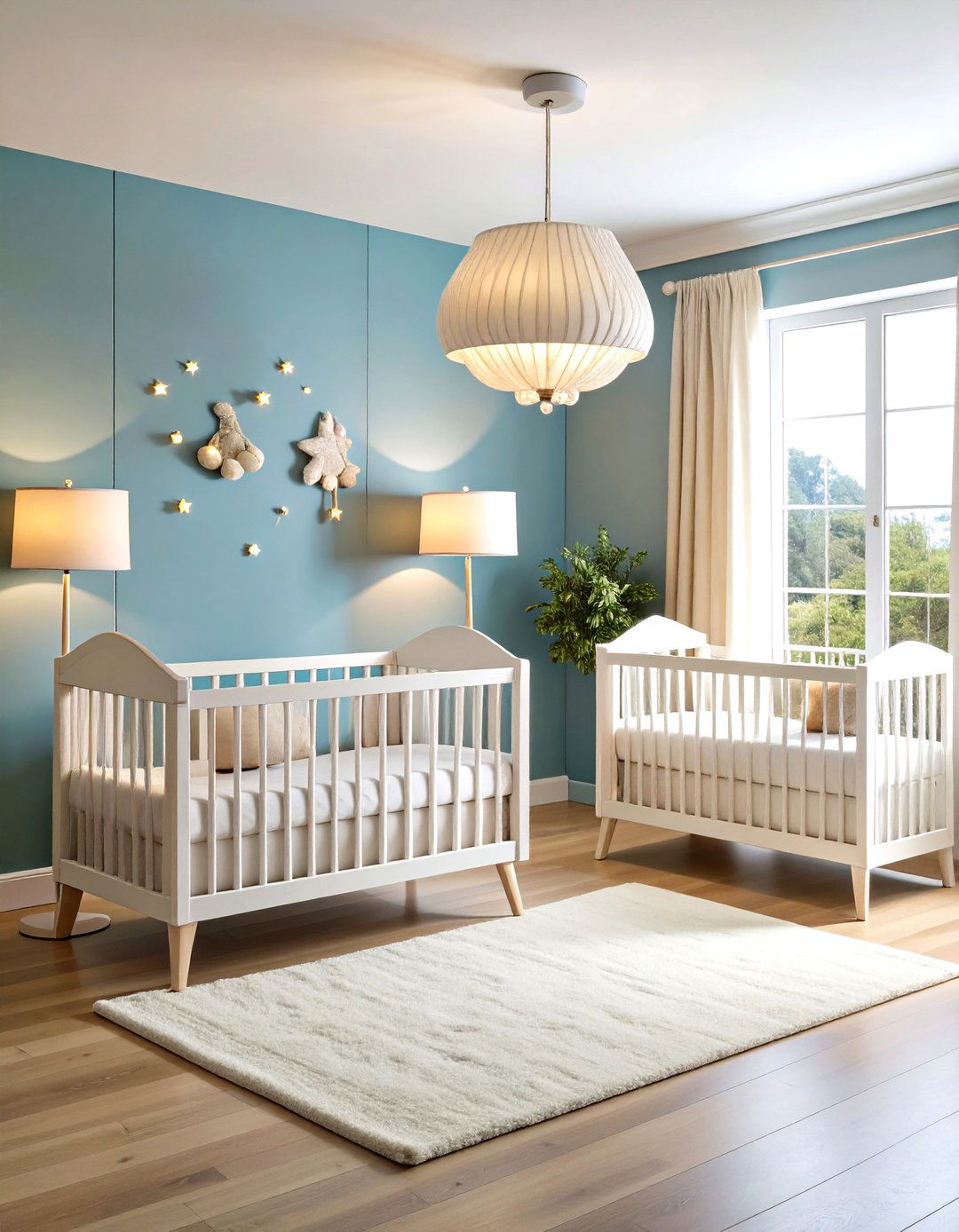
Soft, dimmable overhead lights paired with shaded floor lamps or wall sconces prevent harsh glare during late-night feedings. A low-wattage nightlight or plug-in projector can soothe twins back to sleep without fully awakening them. Clip-on crib lights allow hands-free diaper changes and nursing. Ensure all fixtures are secured to walls or outlets out of reach, and choose LED bulbs to minimize heat. Adjustable lighting supports a calm bedtime routine and provides visibility without disrupting sleep cycles.
13. Create a Comfortable Feeding and Rocking Station

A cozy glider or recliner with supportive armrests is essential for tandem feedings or holding both babies at once. Place a small side table or caddy nearby to organize bottles, burp cloths, and pacifiers within arm’s reach. Soft throw pillows and a removable armrest cover add comfort and easy cleanup. Position this nook away from high-traffic areas to maintain a peaceful environment. Investing in a durable, easy-to-clean chair ensures longevity through the twin years and beyond.
14. Plan for Growth and Adaptability
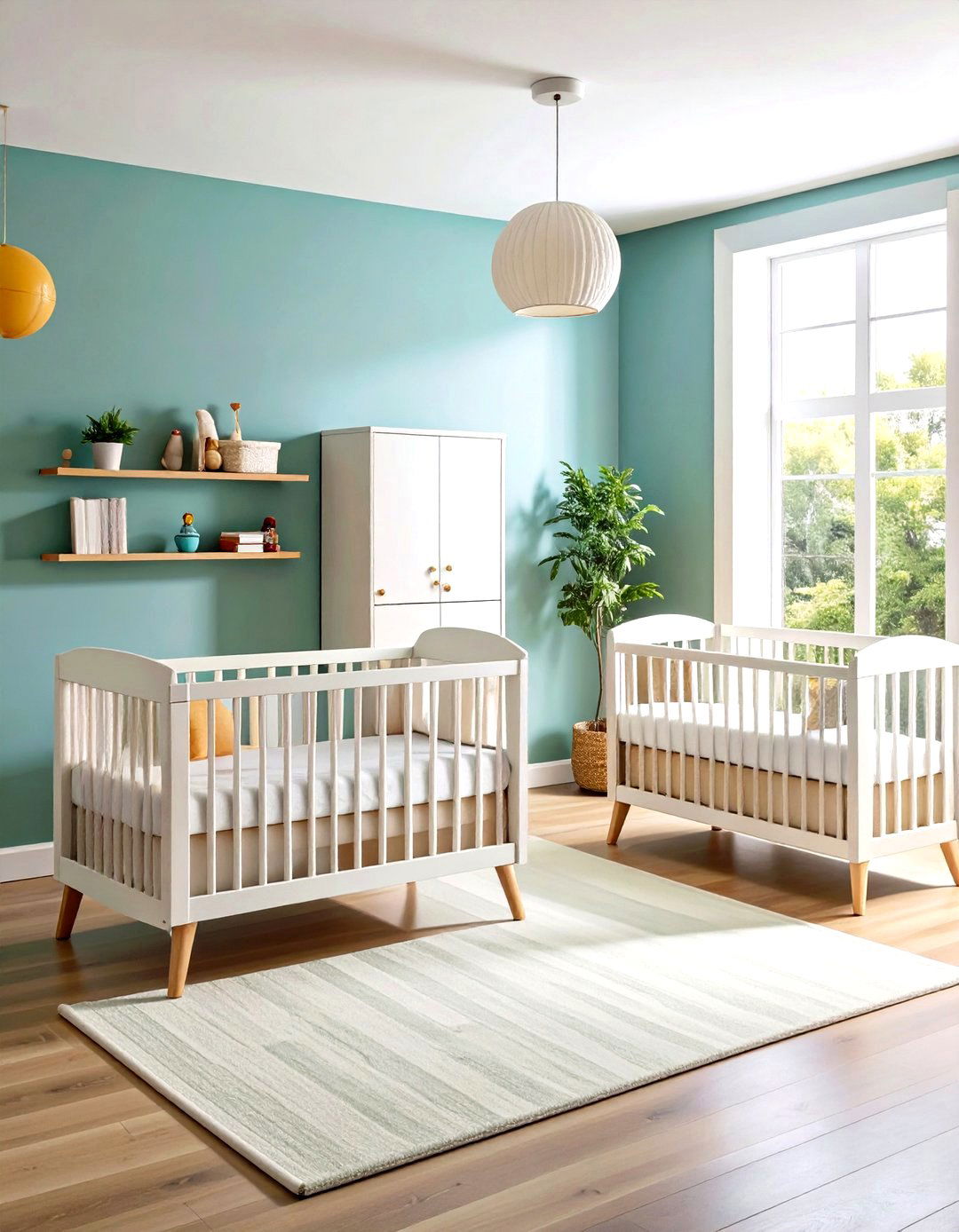
Choosing convertible furniture—such as cribs that become toddler beds and dressers that morph into desks—extends the nursery’s lifespan beyond infancy. Neutral paint and classic silhouettes let you update fabrics and accessories without overhauling the room. Modular shelving can shift from toy storage to school supplies as twins grow. Selecting timeless pieces and swapping in playful elements encourages a smooth transition from nursery to toddler or shared kids’ room.
15. Prioritize Safety and Baby-Proofing
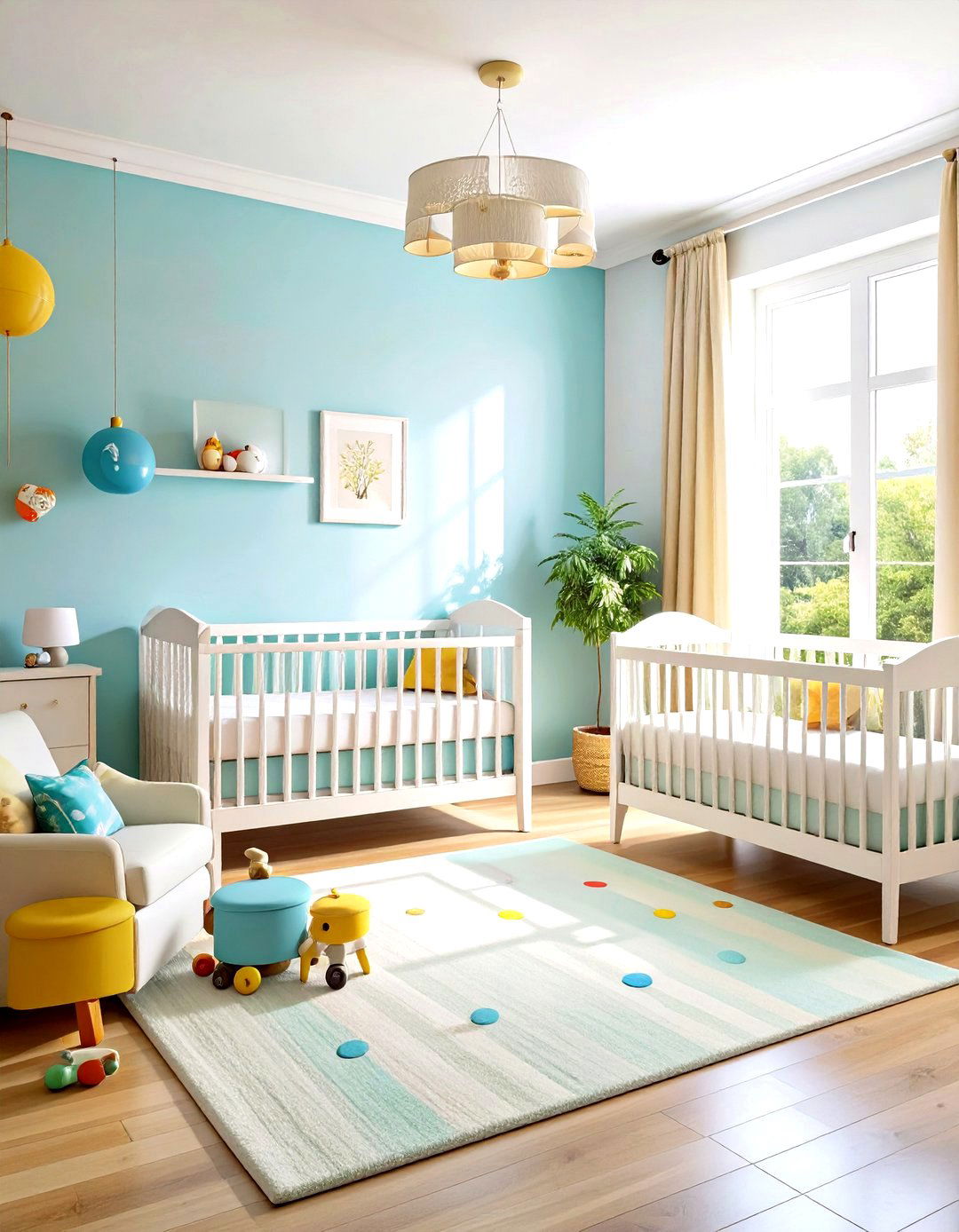
Ensure cribs meet current safety standards, with slat spacing no wider than 2⅜ inches and firm, well-fitting mattresses. Anchor heavy furniture and shelving to walls to prevent tipping. Cover outlets with tamper-resistant plates, and use cordless window treatments to eliminate strangulation hazards. Place non-slip pads under rugs and install soft corner guards on sharp edges. Regularly inspect décor items for loose parts or small pieces that could pose choking risks. A fully baby-proofed nursery provides peace of mind as twins become mobile.
16. Incorporate Soft Play Areas
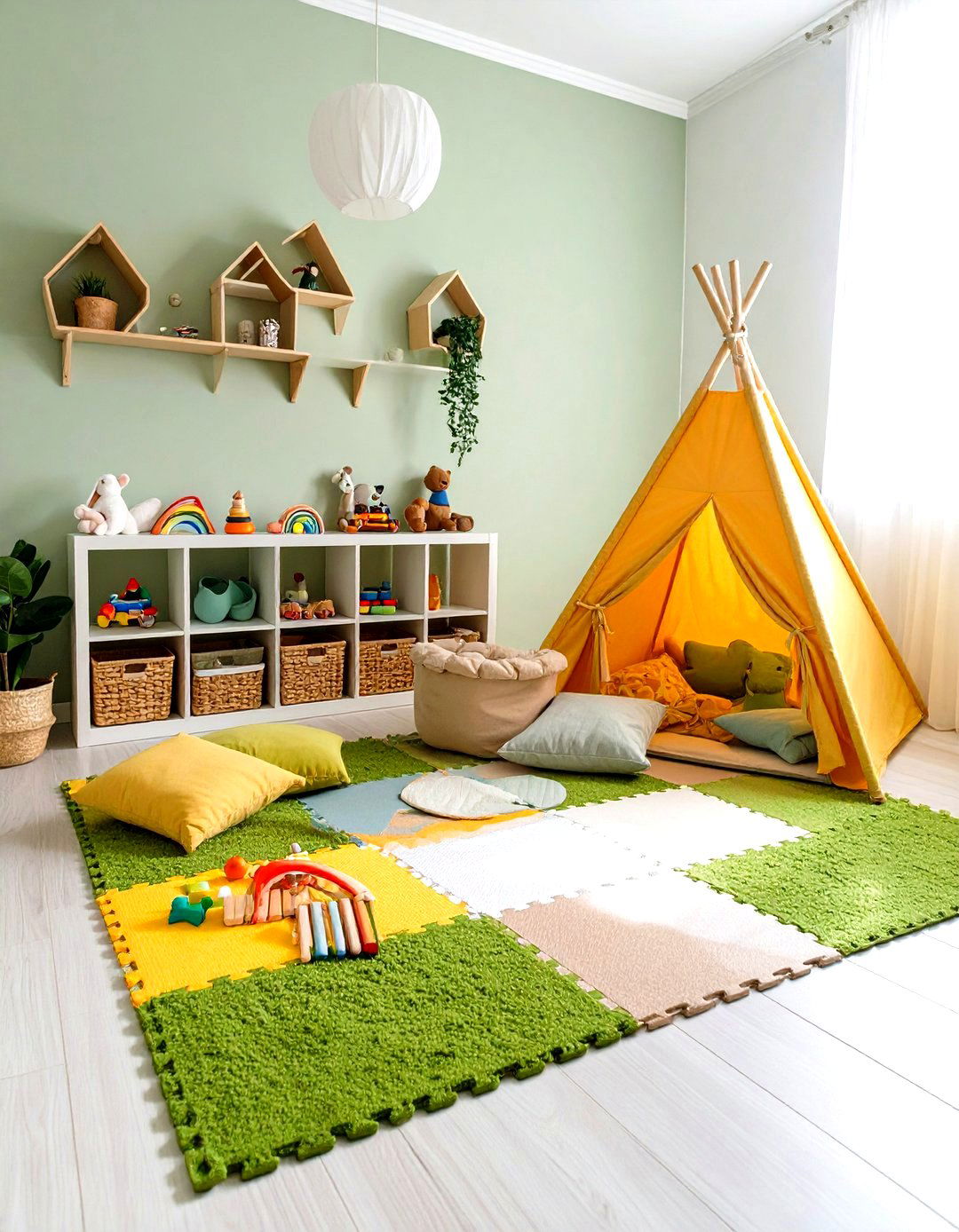
Even in a nursery, carving out a safe play spot encourages early motor development and exploration. Lay down a washable foam mat or padded rug next to a low shelf of engaging toys. Include sensory items like textured balls and soft blocks stored in baskets for easy access. A small tent or teepee can create a cozy nook for quiet activities. Supervised play zones help twins develop coordination while keeping toys contained and the room tidy.
17. Feature an Accent Wall

Painting or wallpapering one wall in a bold yet complementary color or pattern adds depth and focus to a twin nursery. Geometric shapes, gentle stripes, or animal silhouettes create visual interest without overstimulation. An accent wall behind both cribs unifies their sleeping areas, framing the space like a stage. Choose high-quality, low-VOC paints and themes that transition easily as kids grow. An accent wall is an affordable way to inject personality and heighten the room’s style quotient.
18. Designate a Toy Storage System
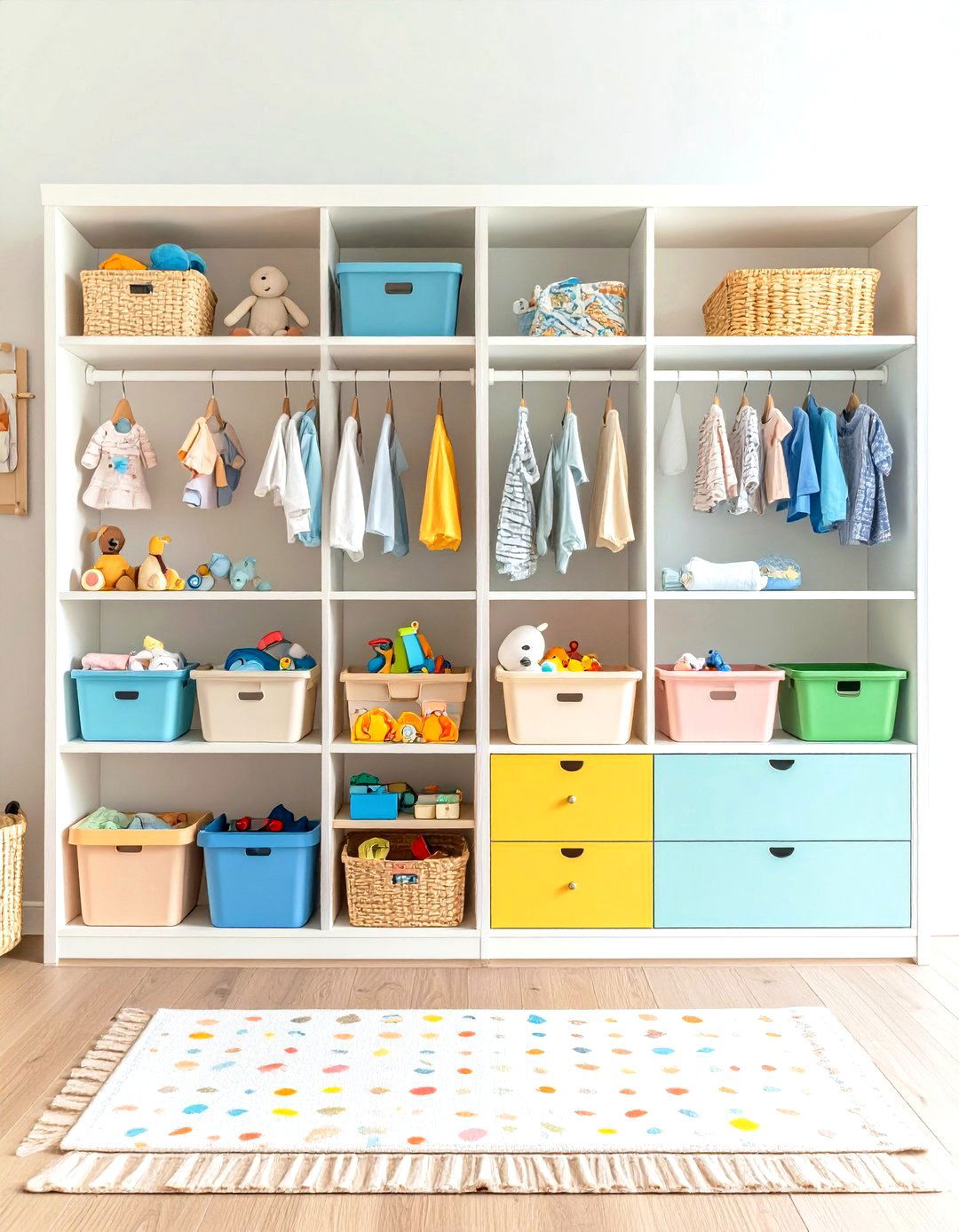
Efficient toy organization keeps the nursery clutter-free and ensures play items are accessible for independent exploration. Use labeled bins or pull-out drawers at a height twins can reach as they grow. Open shelving allows for rotating toy displays, while closed cabinets hide outgrown or less-used items. A rolling cart can transport books and toys between nursery and living areas. Clear, consistent systems foster tidiness and make cleanup a shared activity.
19. Choose a Memorable Theme
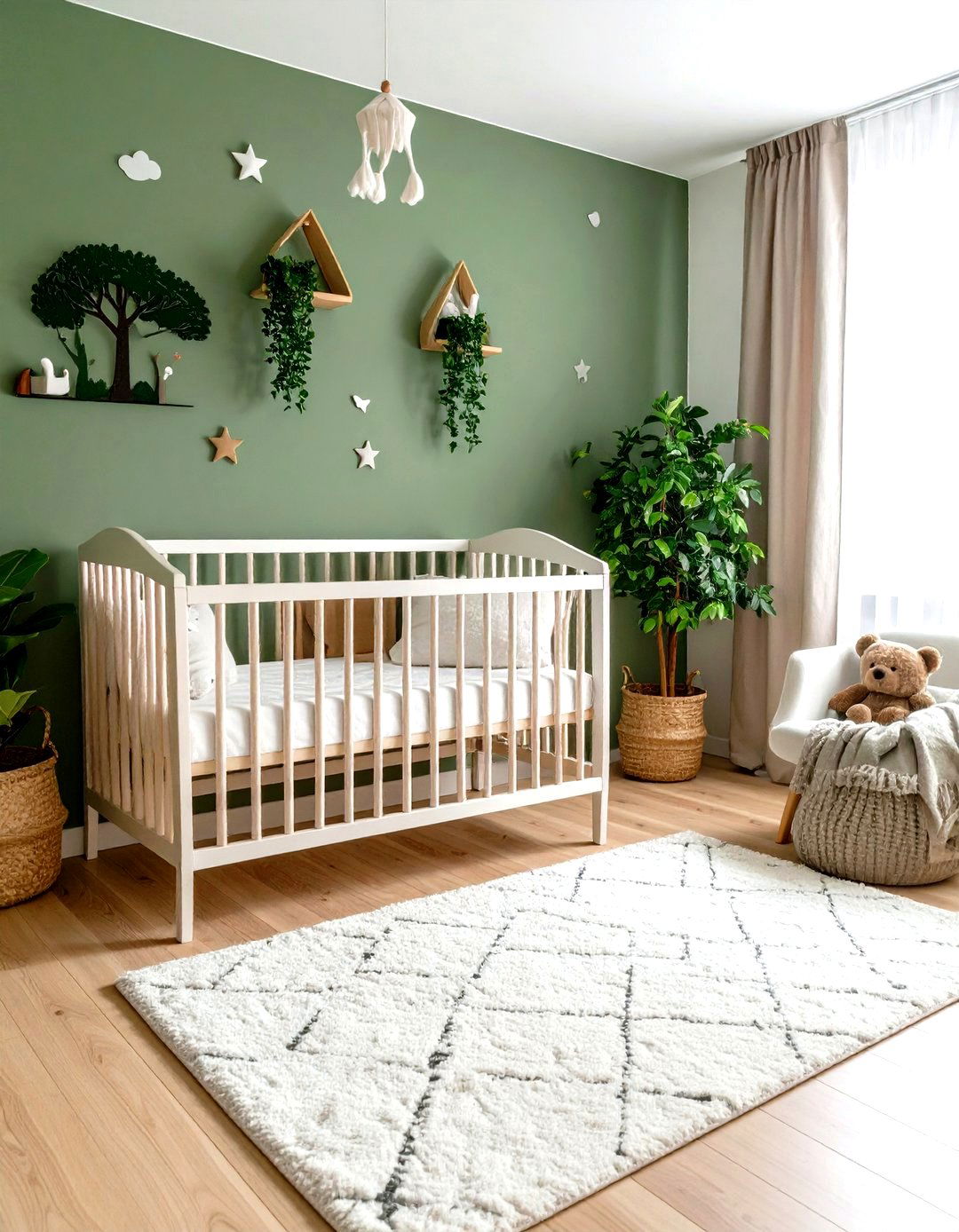
Whether you opt for cozy woodland vibes, neutral safari motifs, or celestial dreams, a cohesive theme ties together every aspect of the nursery. Woodland design features earthy greens, tree decals, and animal plushies for a serene forest backdrop. Safari nurseries incorporate woven textures, giraffe-print rugs, and tan walls for a safari lodge feel. Celestial themes play with star-patterned textiles and moon-shaped lights. A strong theme guides your décor decisions and makes the nursery feel intentional and immersive.
20. Implement Budget-Friendly Strategies
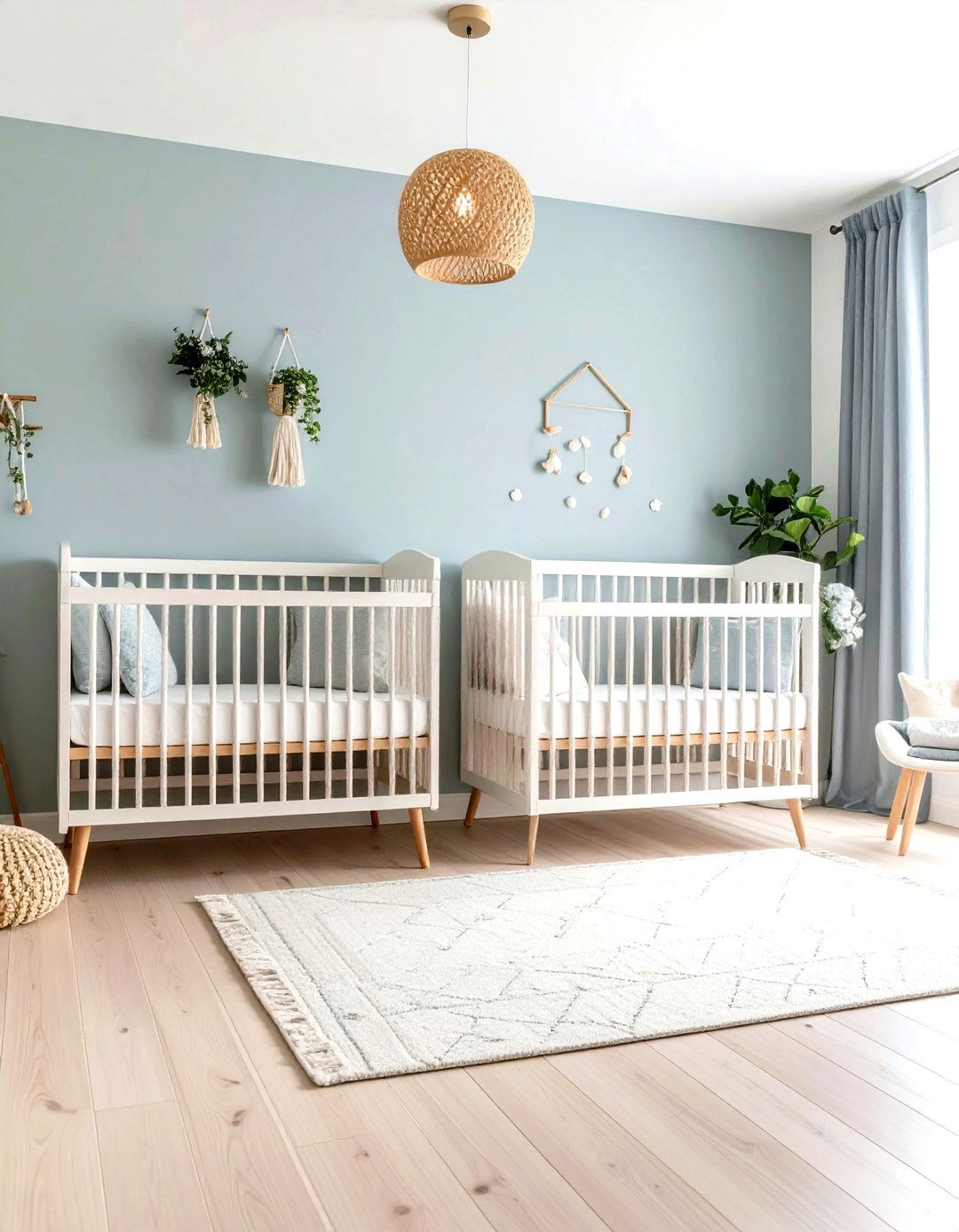
Stretch your budget by mixing high-end statement pieces—like quality cribs or a durable glider—with thrifted or DIY accents. Upcycle furniture with fresh paint, swap hand-me-down textiles, and hunt for sales on nursery essentials. Removable decals and peel-and-stick wallpaper can transform walls affordably. Organize a baby gear swap with friends to trade outgrown items. Simple updates, such as new knobs on a dresser or handmade crib mobiles, refresh the room without a hefty price tag.
Conclusion:
Designing a twin nursery harmonizes creative vision with practical considerations—early planning, space optimization, safety, and adaptable décor form its foundation. By selecting matching yet convertible furniture, employing cohesive themes, and incorporating personalized touches, you create a nurturing environment that evolves alongside your growing twins. Efficient storage, zoned layouts, and strategic use of color and textiles ensure every square foot works hard for both function and style. With these twenty ideas as your guide, your twin nursery can become a beautiful, calming sanctuary where double the joy awaits.


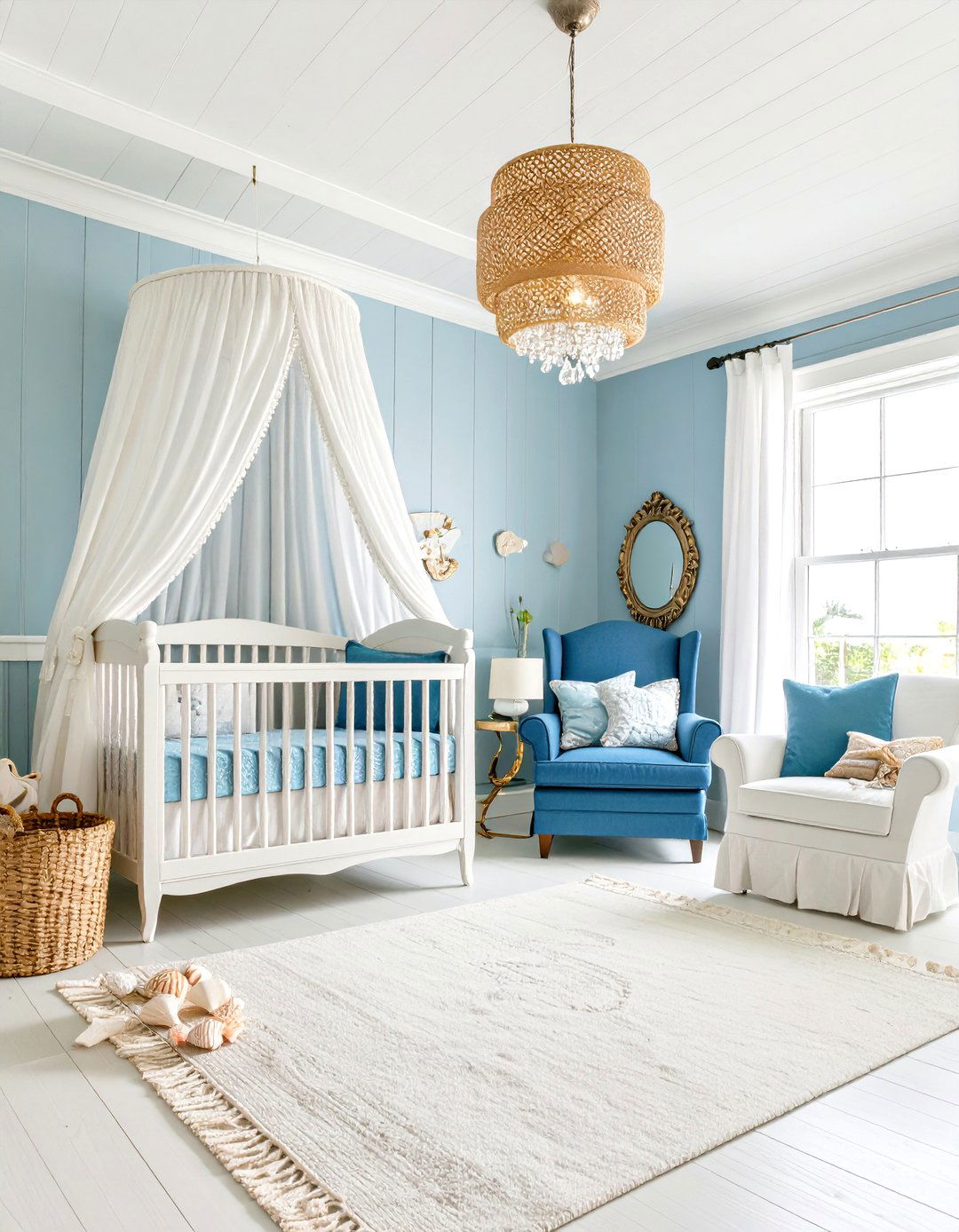
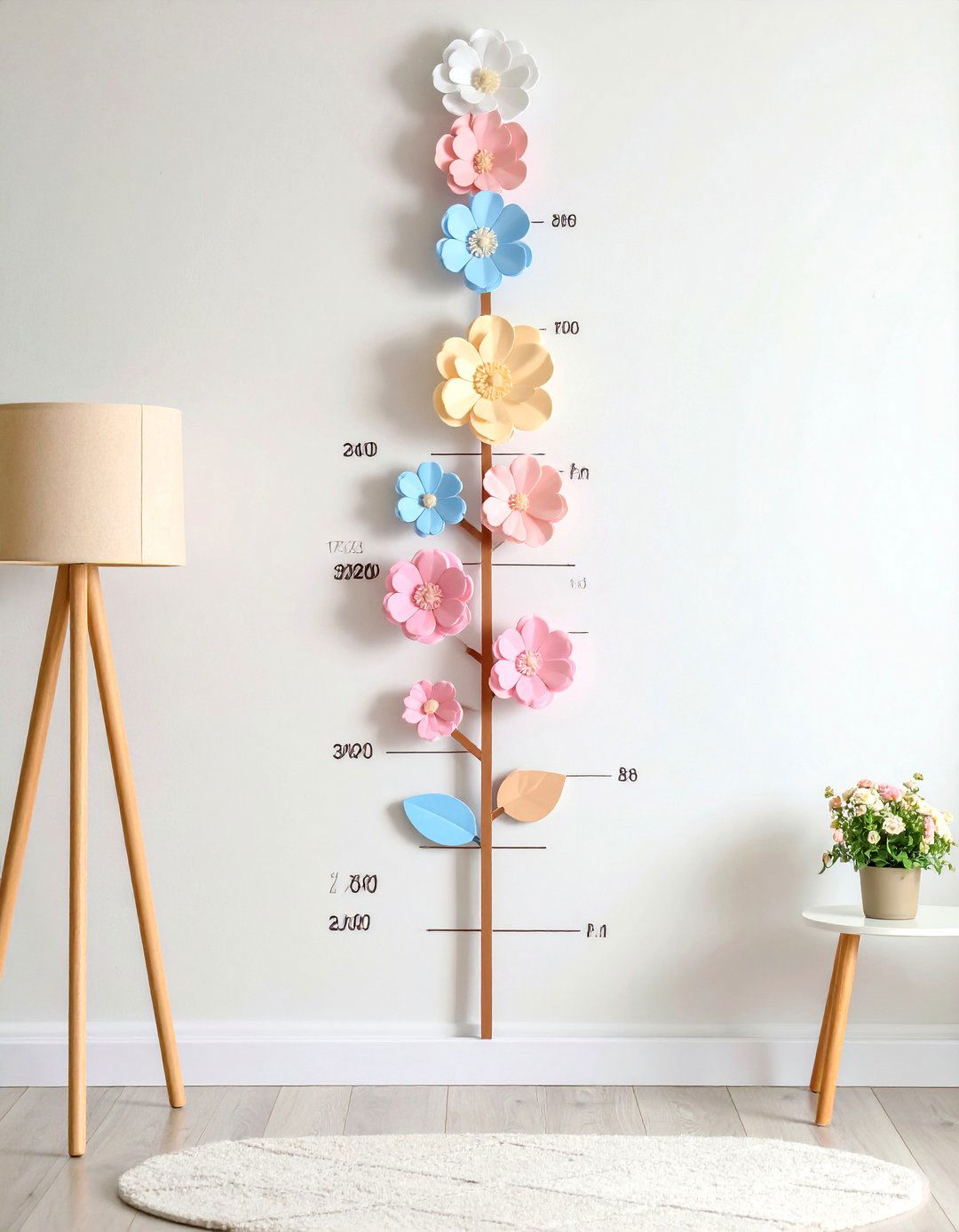
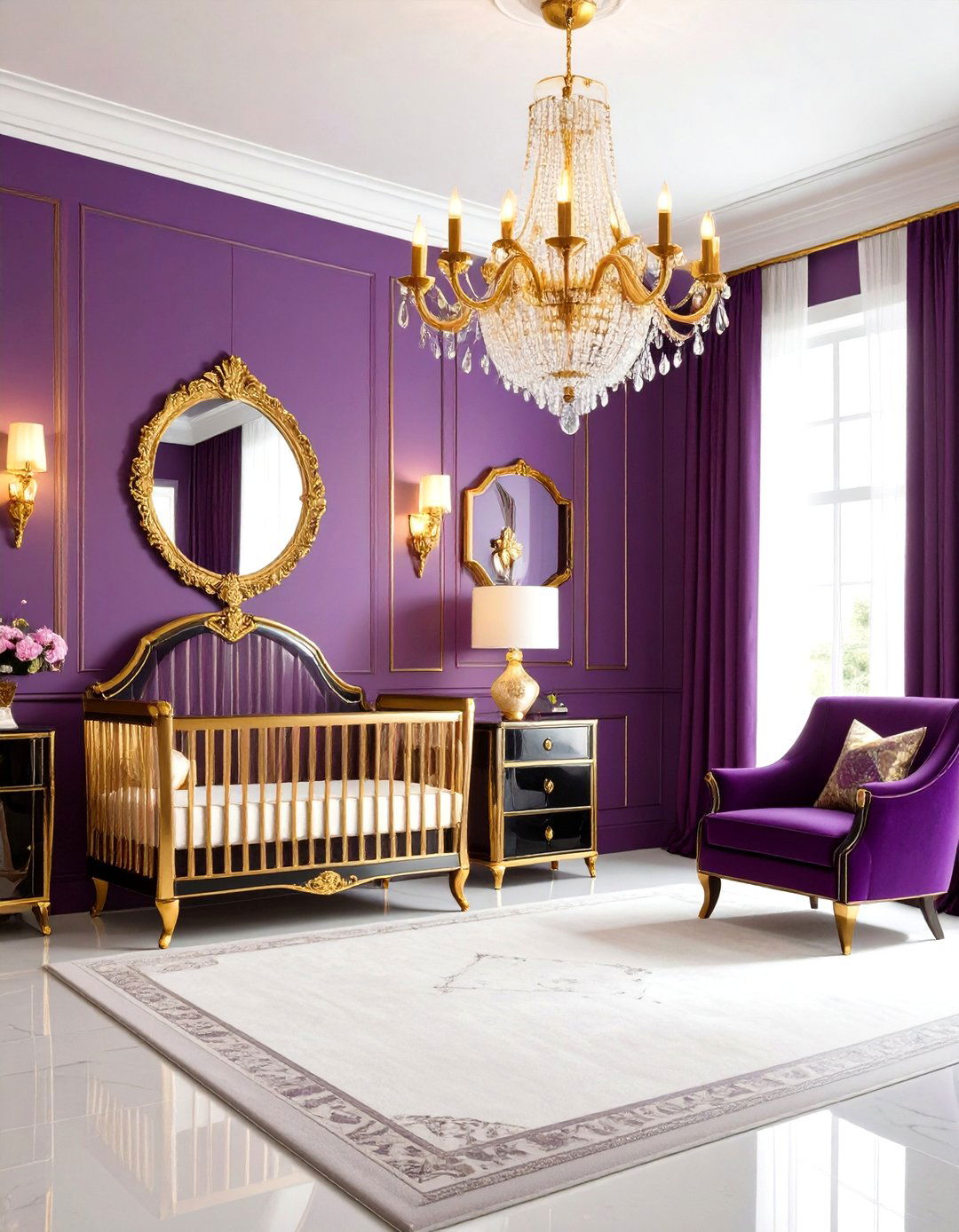

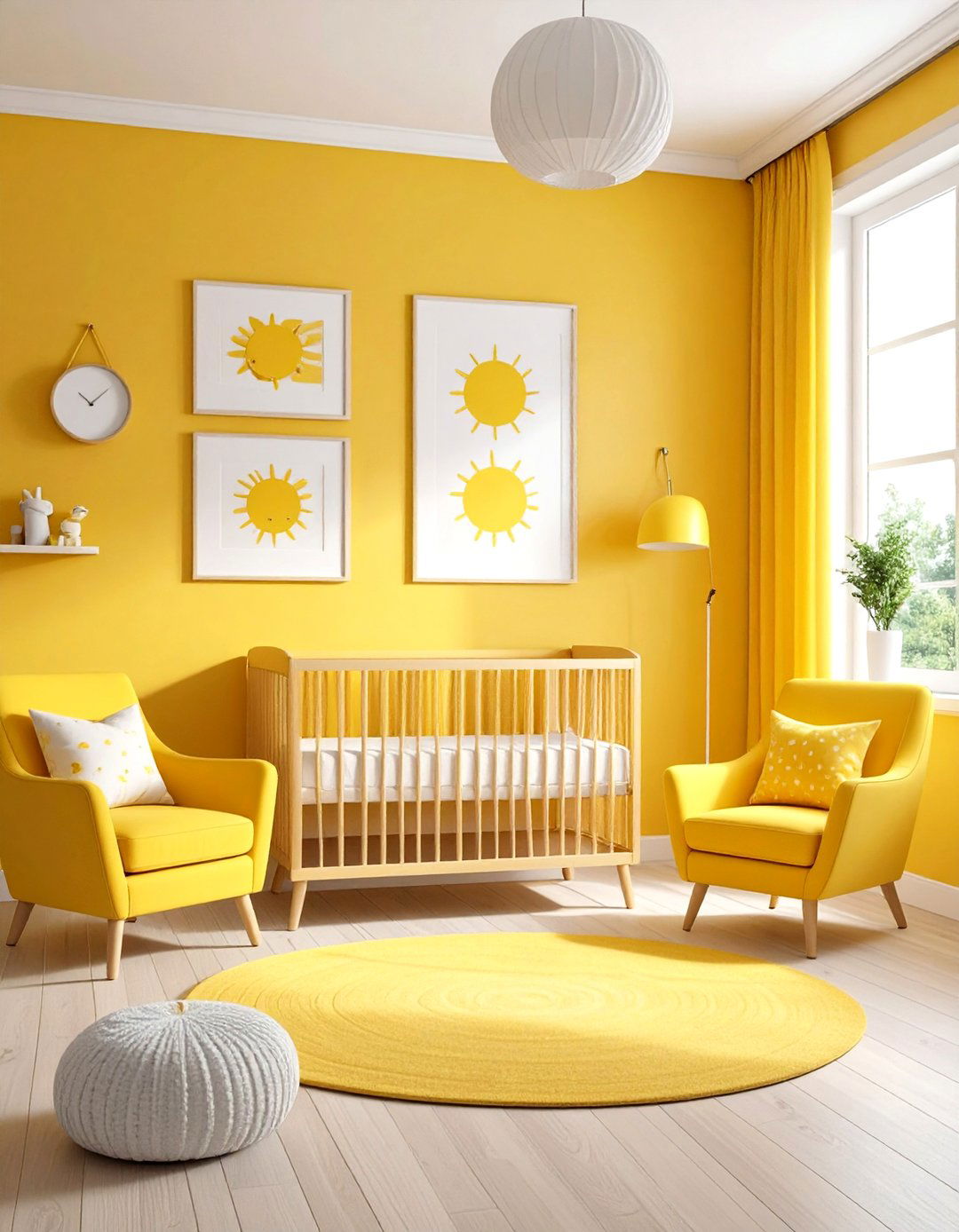
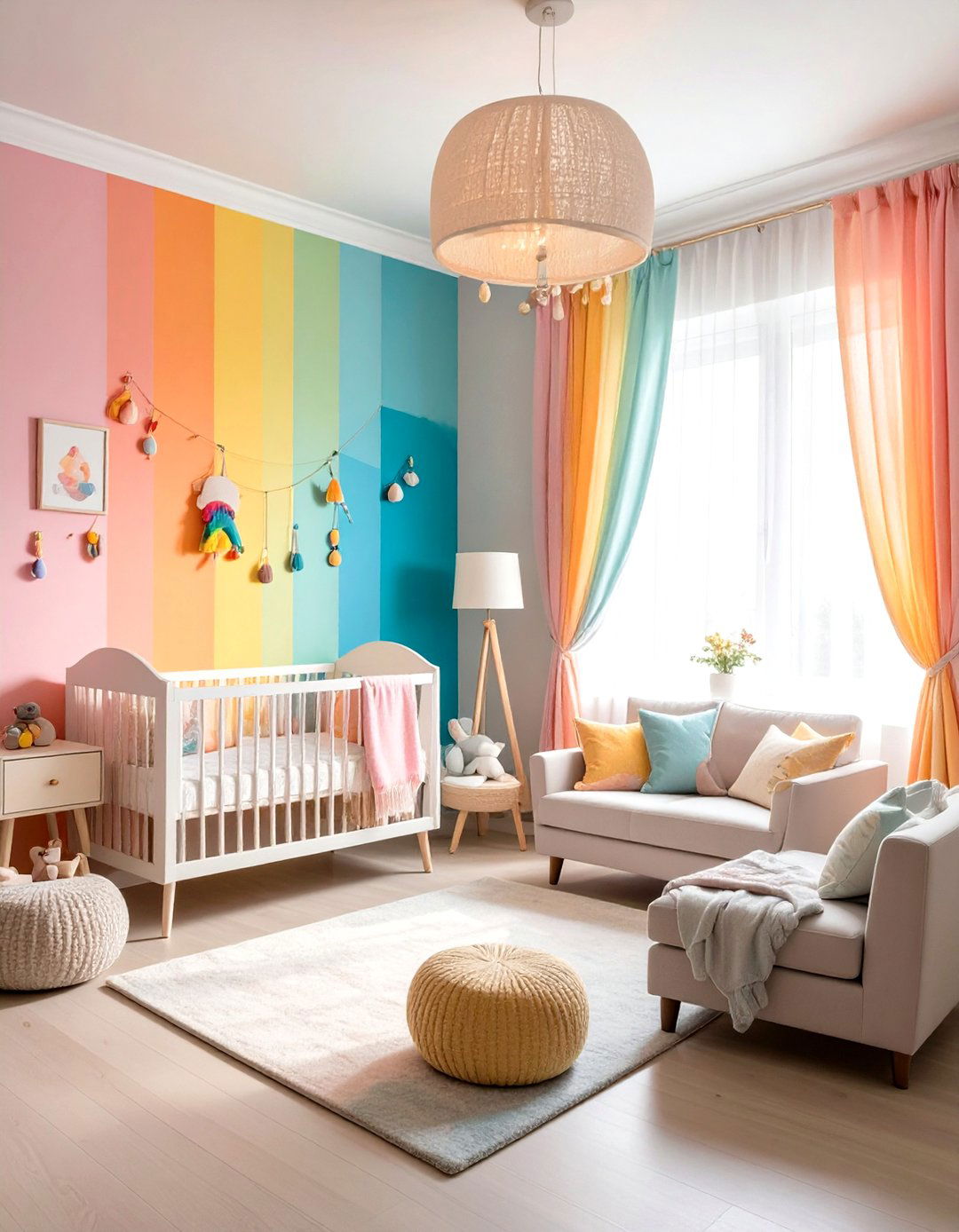
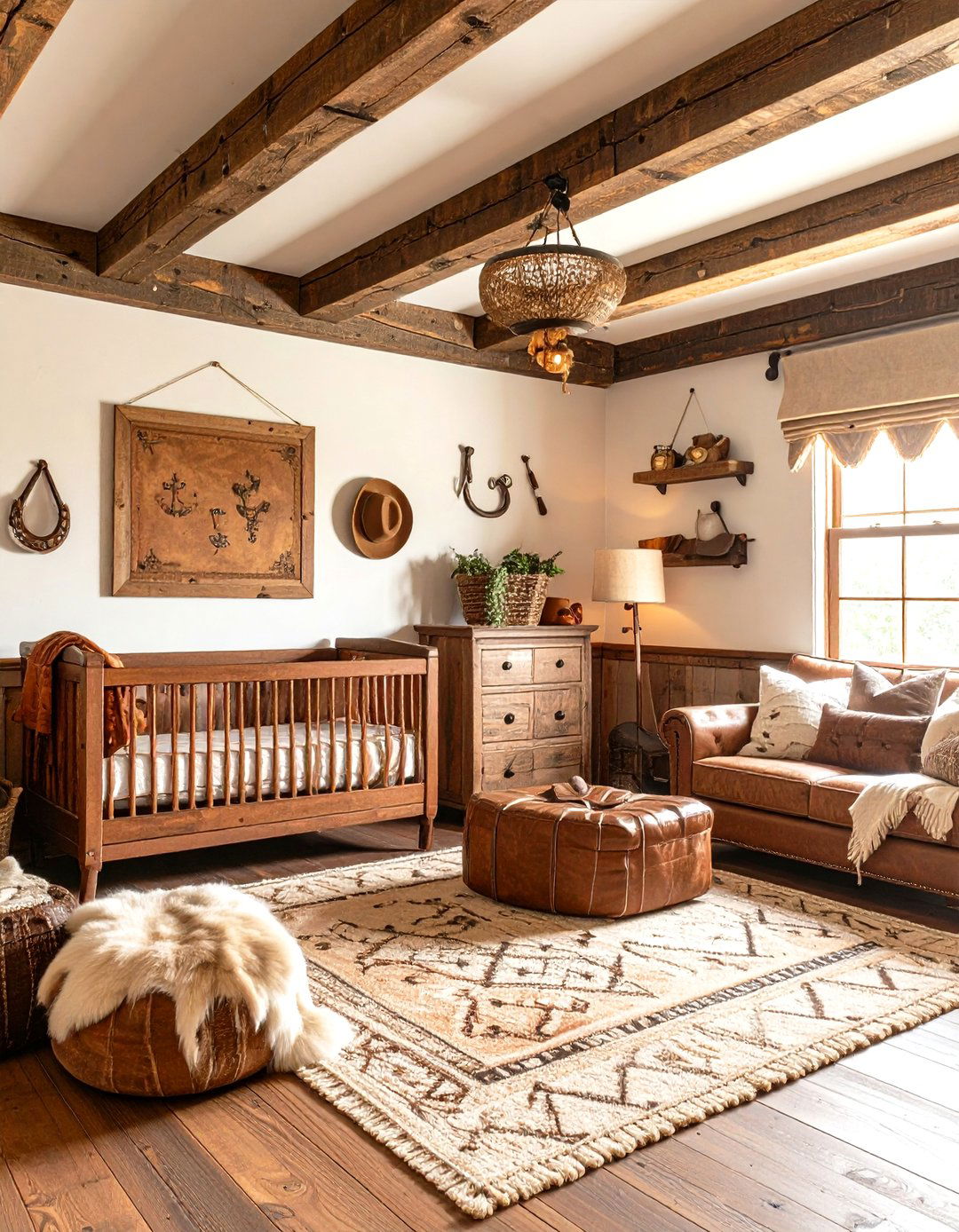
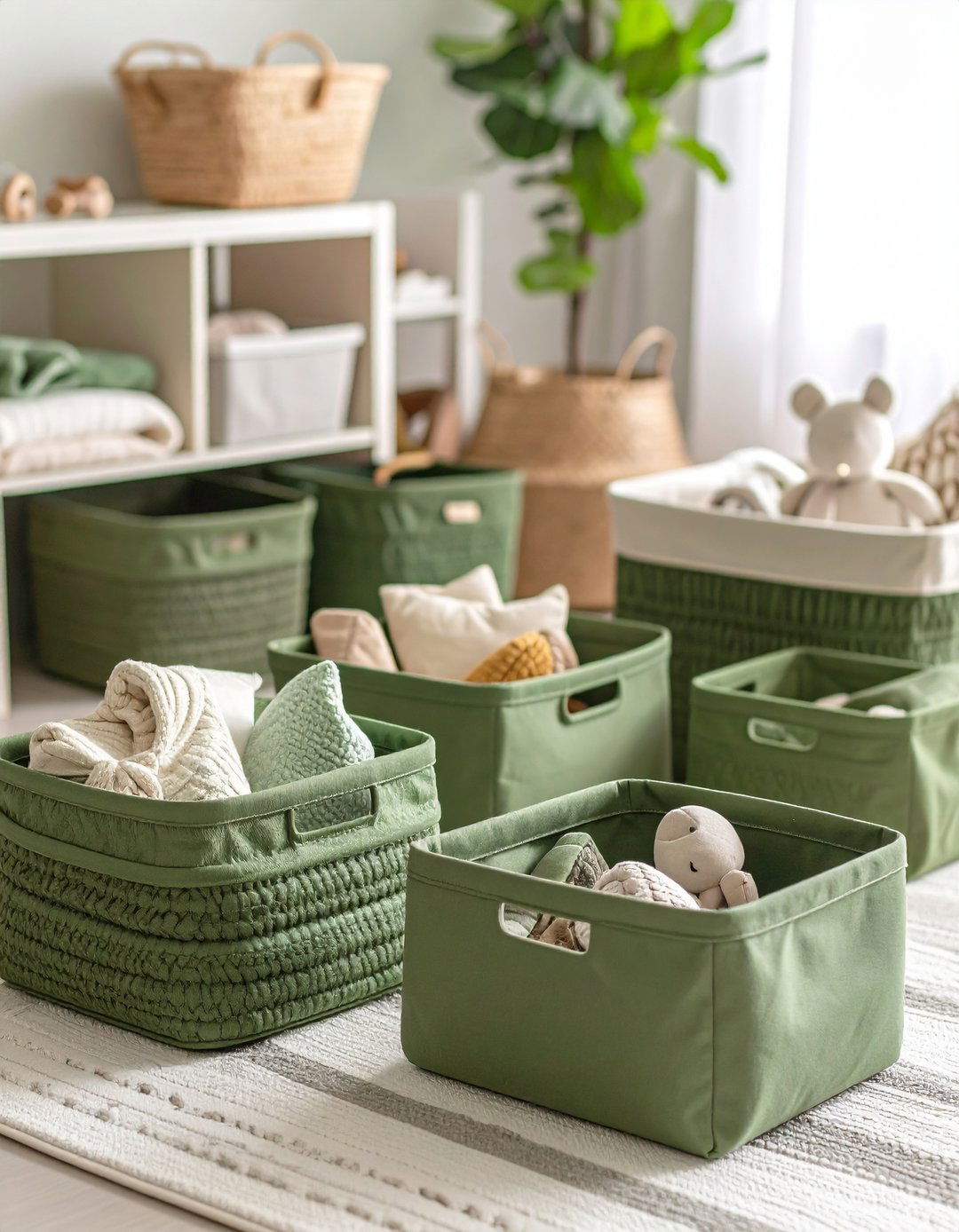
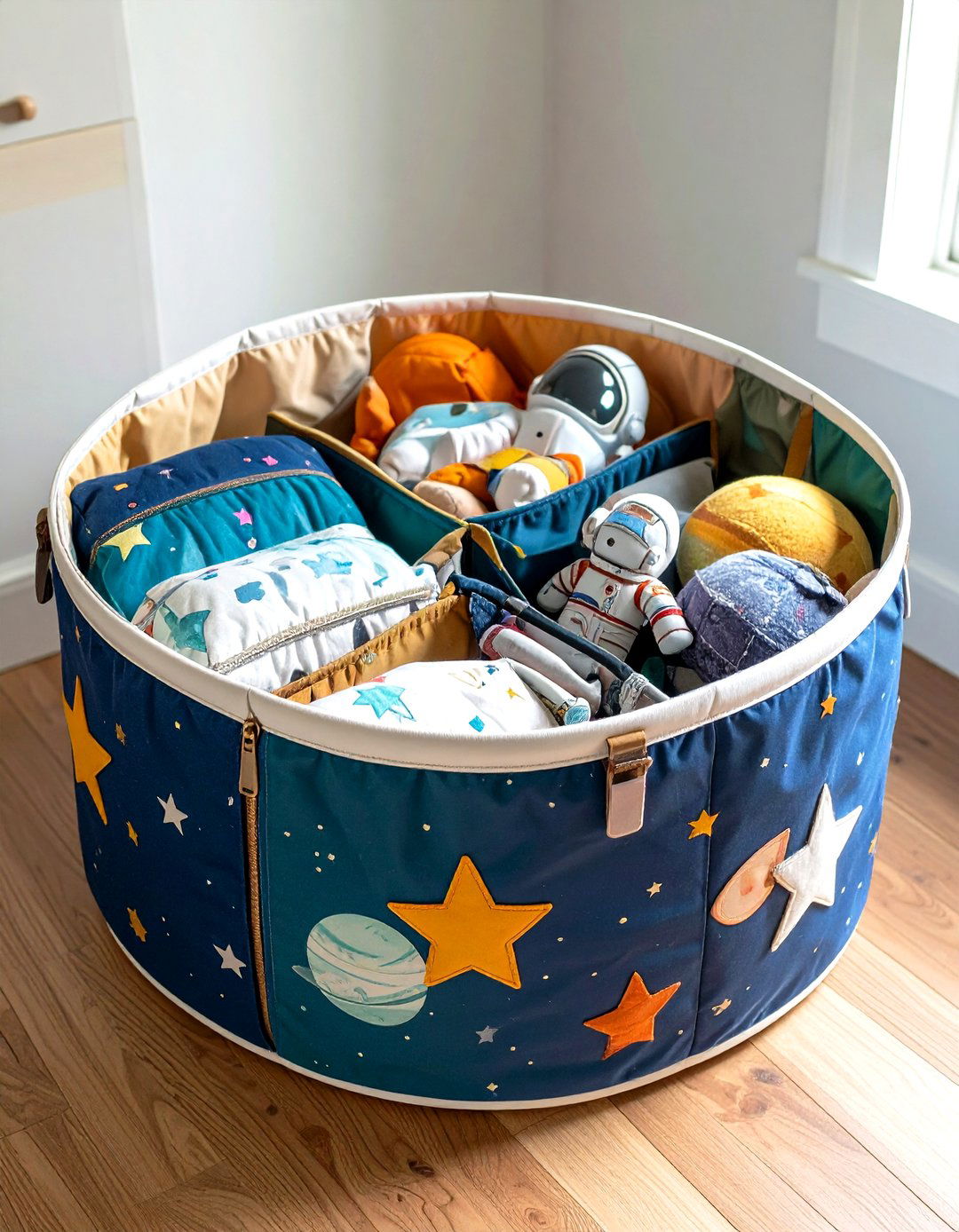
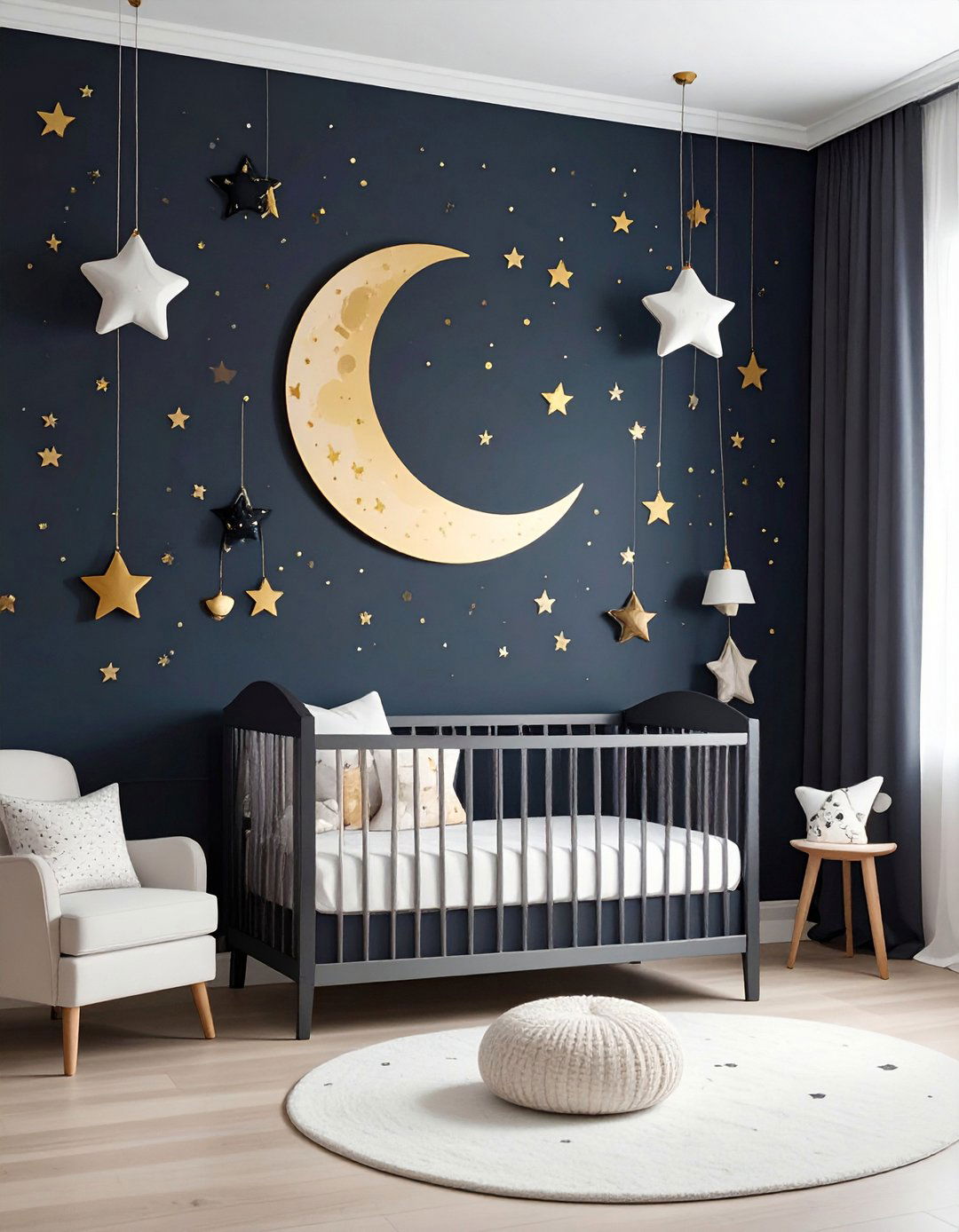
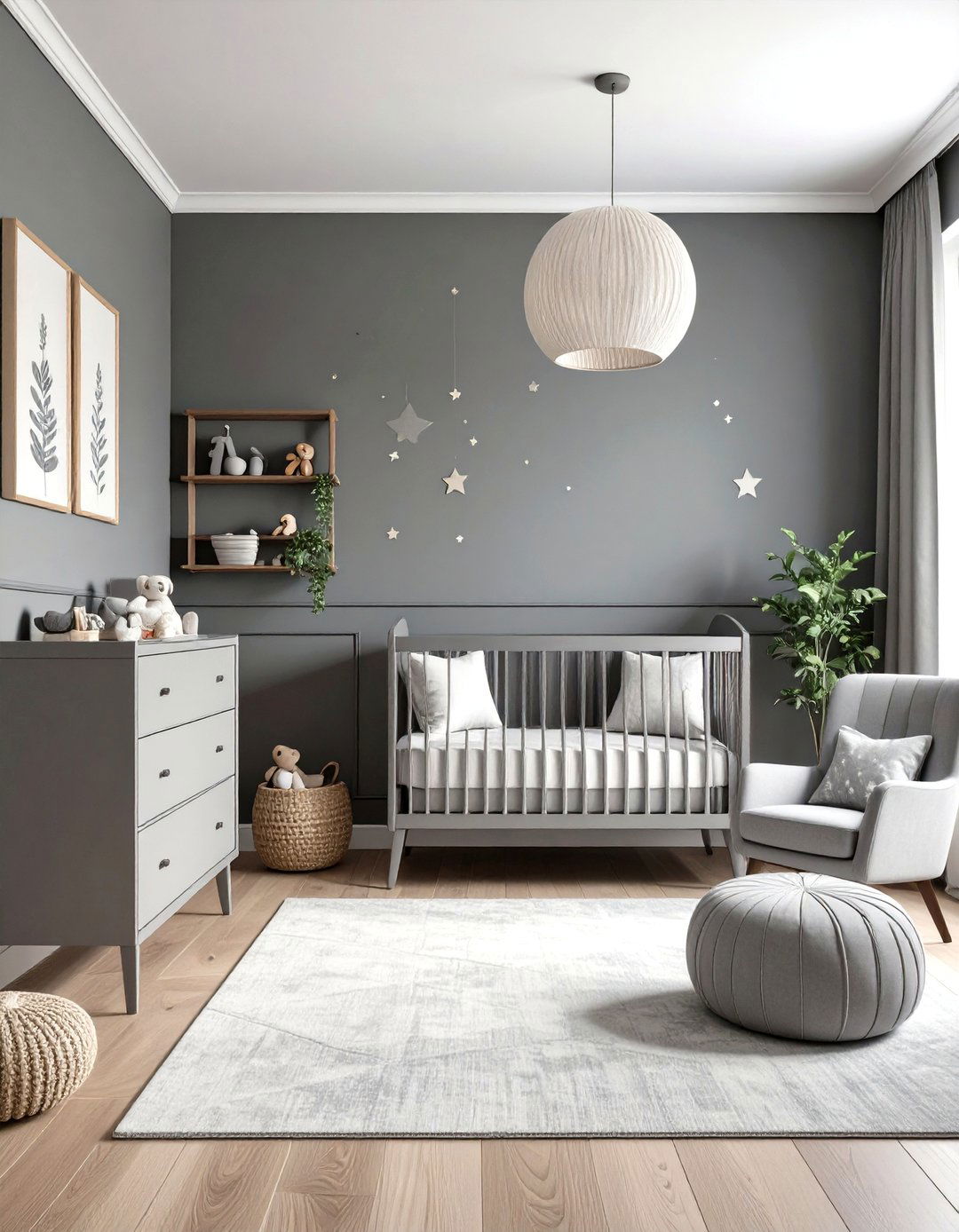
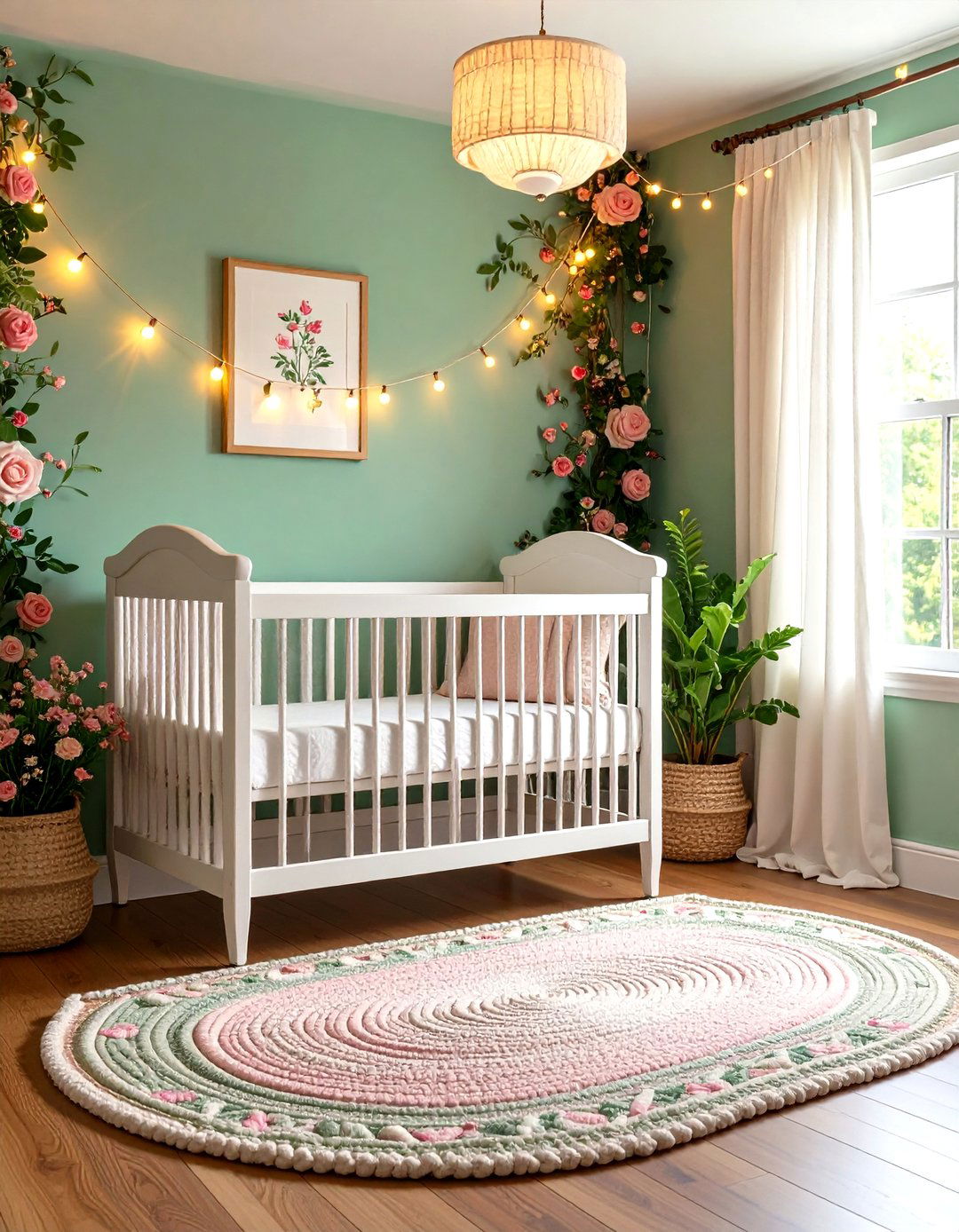
Leave a Reply